Leopard Gecko
Leopard geckos make fantastic reptile pets, known for their beautiful patterns, docile nature, and relatively easy care requirements. Whether you're a first-time reptile owner or an experienced enthusiast, this comprehensive care guide will equip you with the knowledge and tips to create a thriving environment for your leopard gecko. Let's dive in!
1. Setting up the Perfect Enclosure: Choose an appropriate tank size (at least 20 gallons for one adult leopard gecko). Provide proper ventilation and secure lid to prevent escapes. Create a temperature gradient: 88-92°F (31-33°C) on the warm side and 75-80°F (24-27°C) on the cool side. Use an under-tank heater or a heat lamp to maintain the temperature.
(Keep in mind they need a good belly heat to digest food and sleep.)*
2. Choosing the Right Substrate: Preferably premium reptile liners for begginer but you can also go with paper towels, tile, or non-adhesive shelf liner. Avoid loose substrates like sand, as they can cause impaction if ingested.
3. Lighting and UVB: Leopard geckos are crepuscular, so they don't require intense lighting. But if you do want lightings, provide a low-wattage, red or blue light for nighttime observation. Consider a UVB light t o aid in calcium metabolism and overall health. Because most parents don't use lights, dusting calcium on feeders are required.
4. Feeding Your Leopard Gecko: Feed adult geckos 2-3 times a week; juveniles may need daily feeding. Main food sources include crickets, mealworms, and dubia roaches. Gut-load insects with nutritious foods and dust them with calcium and vitamin D3 supplements.
5. Handling and Taming: Allow your leopard gecko to settle in for a week before handling. Start with short, gentle sessions to build trust and prevent stress. Always support their body and avoid sudden movements.
6. Shedding Support: Provide a moist hide to aid in the shedding process. Ensure the humidity level is around 40-50% during shedding. If needed, offer a shallow container of lukewarm water to assist in removing stubborn shed. (Recommend Geckopia's Dig Box)
7. Health and Hygiene: Regularly inspect your gecko for signs of illness, such as weight loss, lethargy, or abnormal behavior. Maintain a clean enclosure by spot-cleaning daily and performing a full clean every 2-4 weeks. If any health concerns arise, consult with a reptile-experienced veterinarian promptly.
8. Enrichment and Environmental Stimulation: Add various hiding spots and climbing opportunities. Use artificial plants (Begginers*) and decor to create a natural-looking habitat. Introduce novel items and rotate them regularly to prevent boredom.
By following this ultimate leopard gecko care guide, you'll provide your scaly friend with the best possible life in captivity. Remember, each gecko is unique, and understanding their individual needs and behaviors is essential. With patience, love, and proper care, your leopard gecko will thrive and become a fascinating and beloved addition to your family. Happy gecko-keeping!















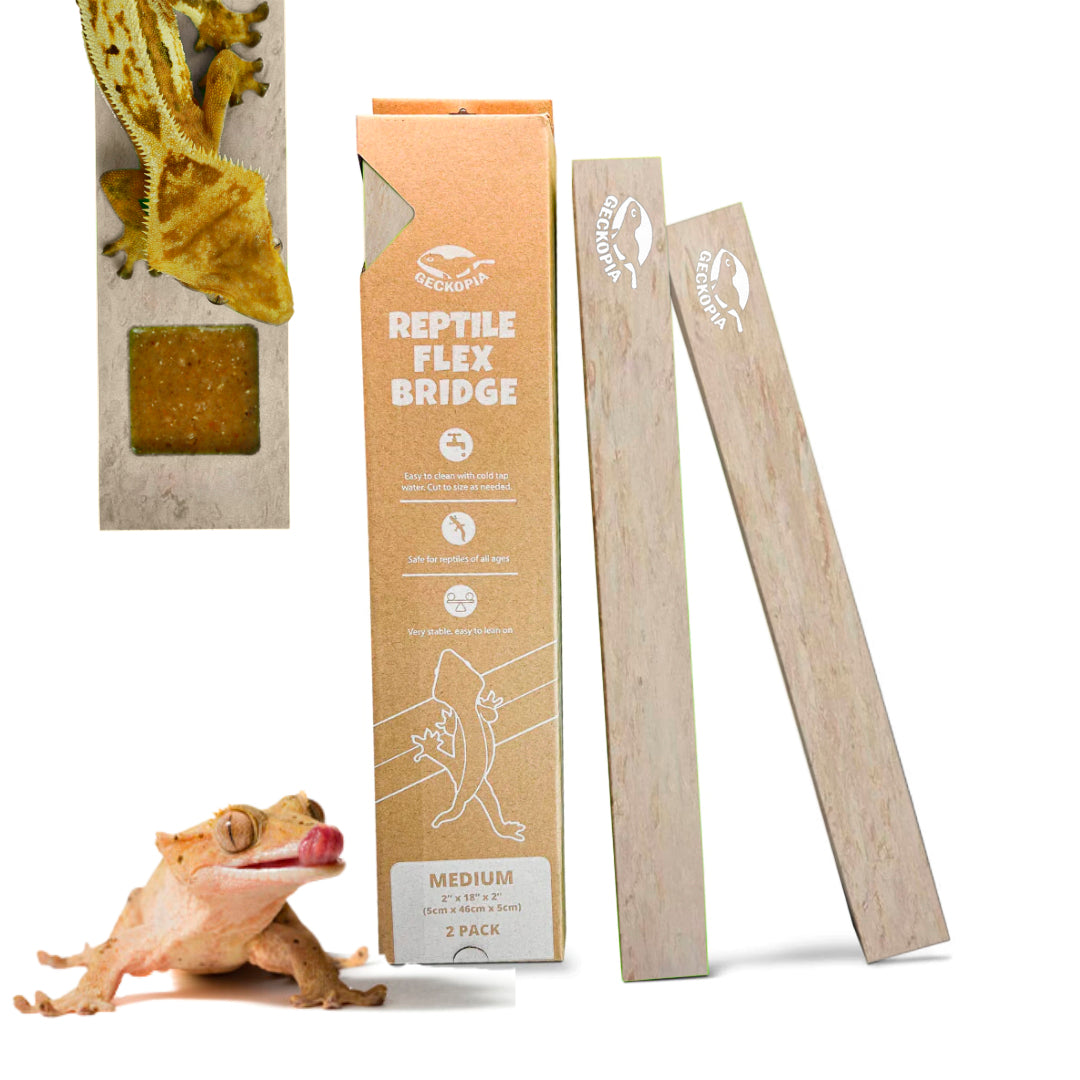




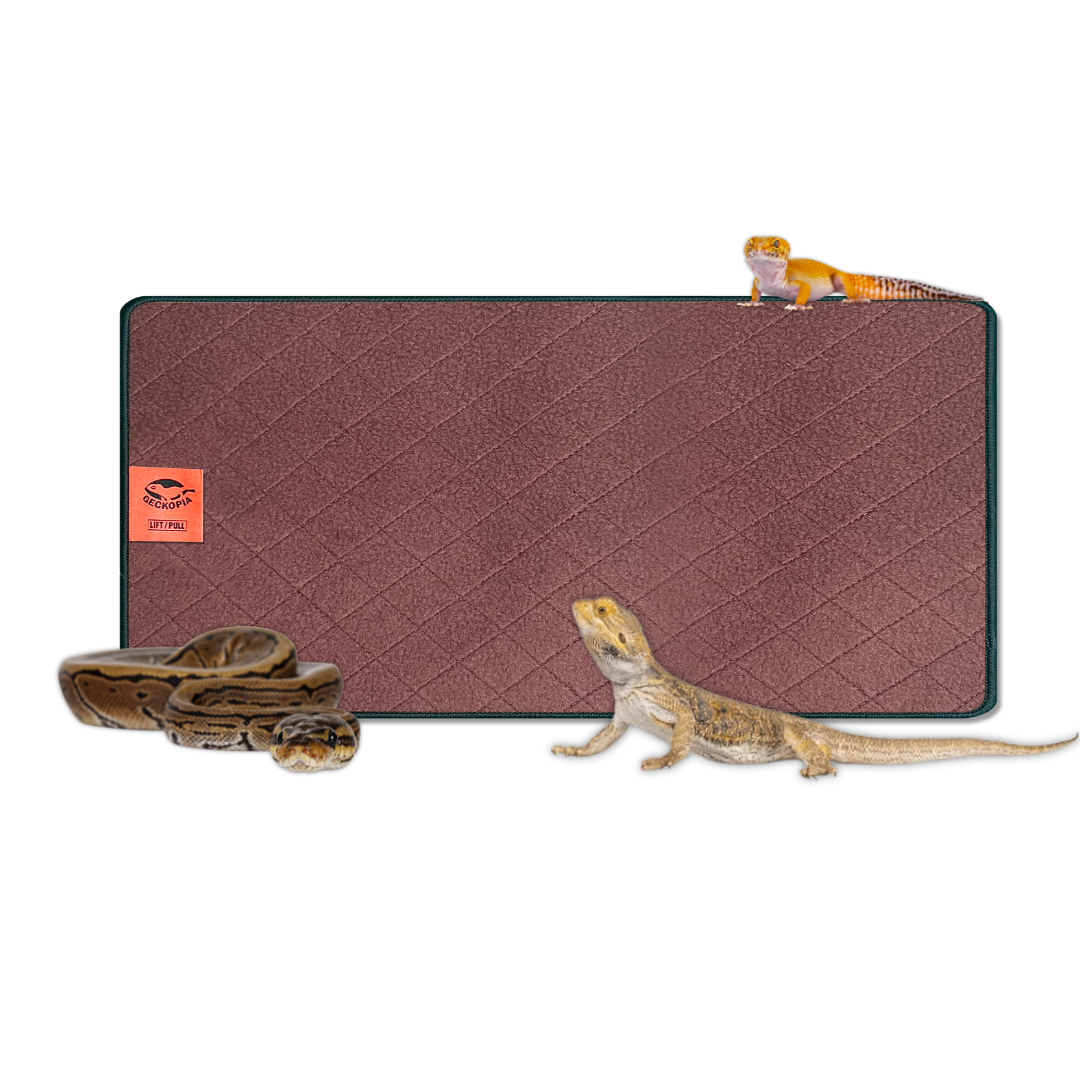





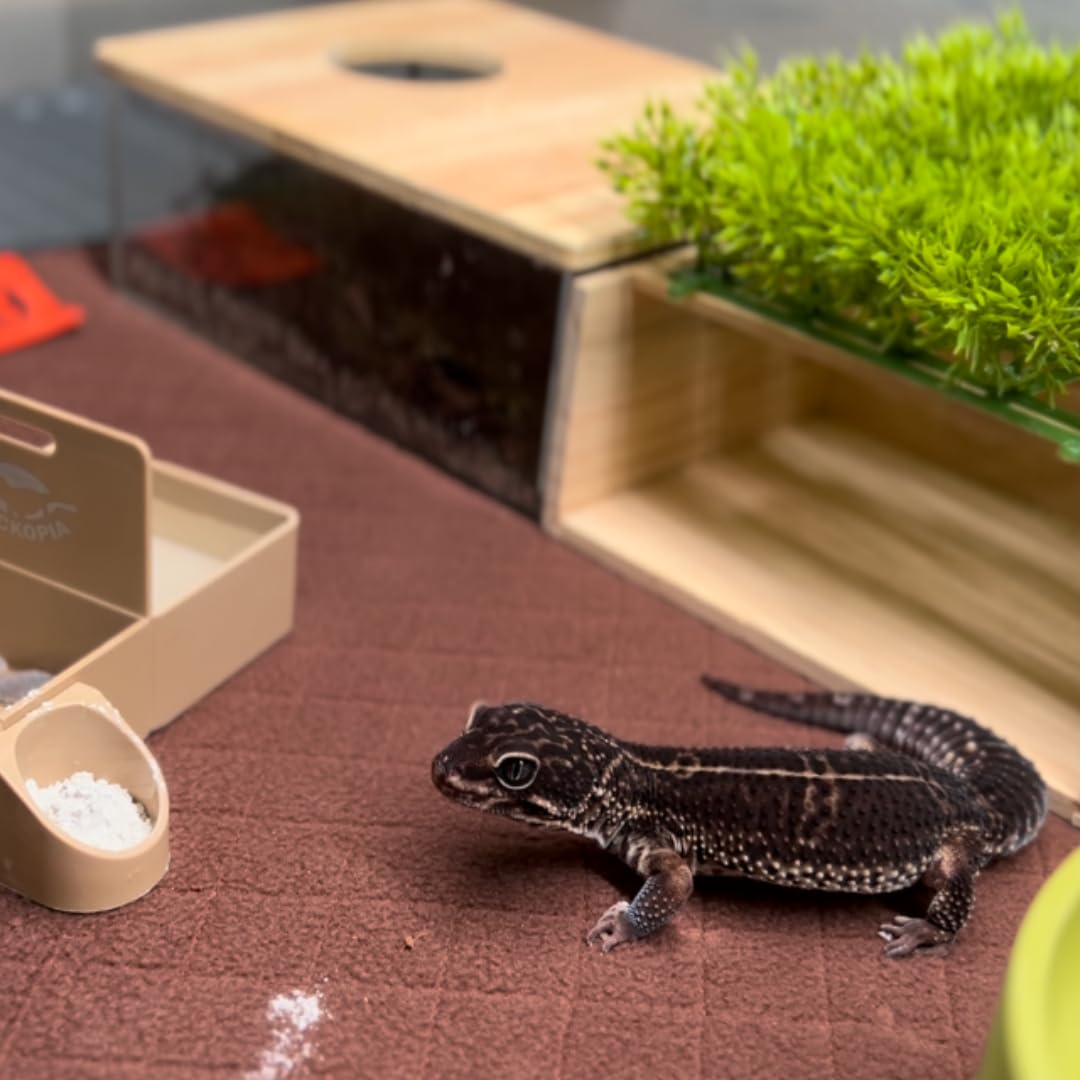
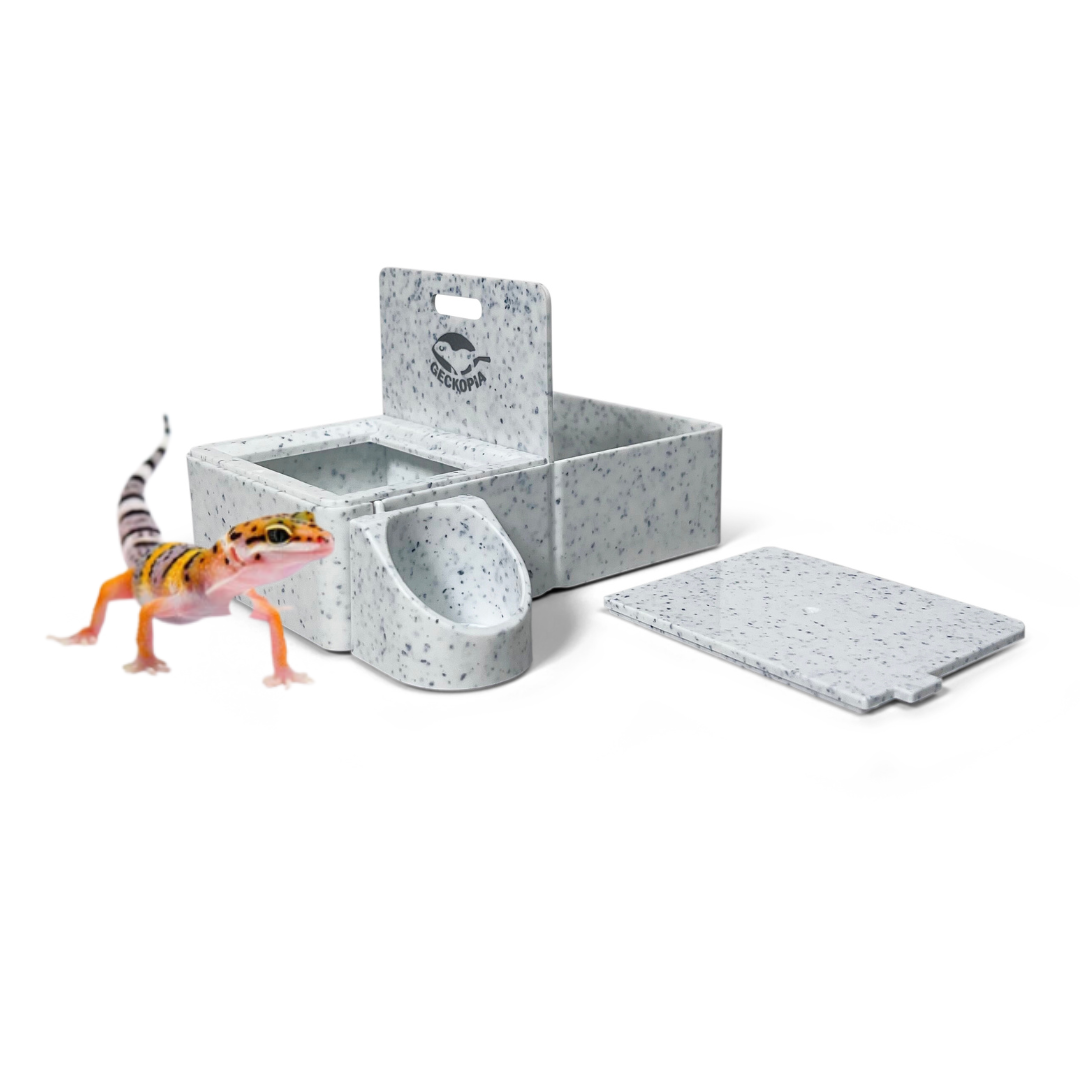



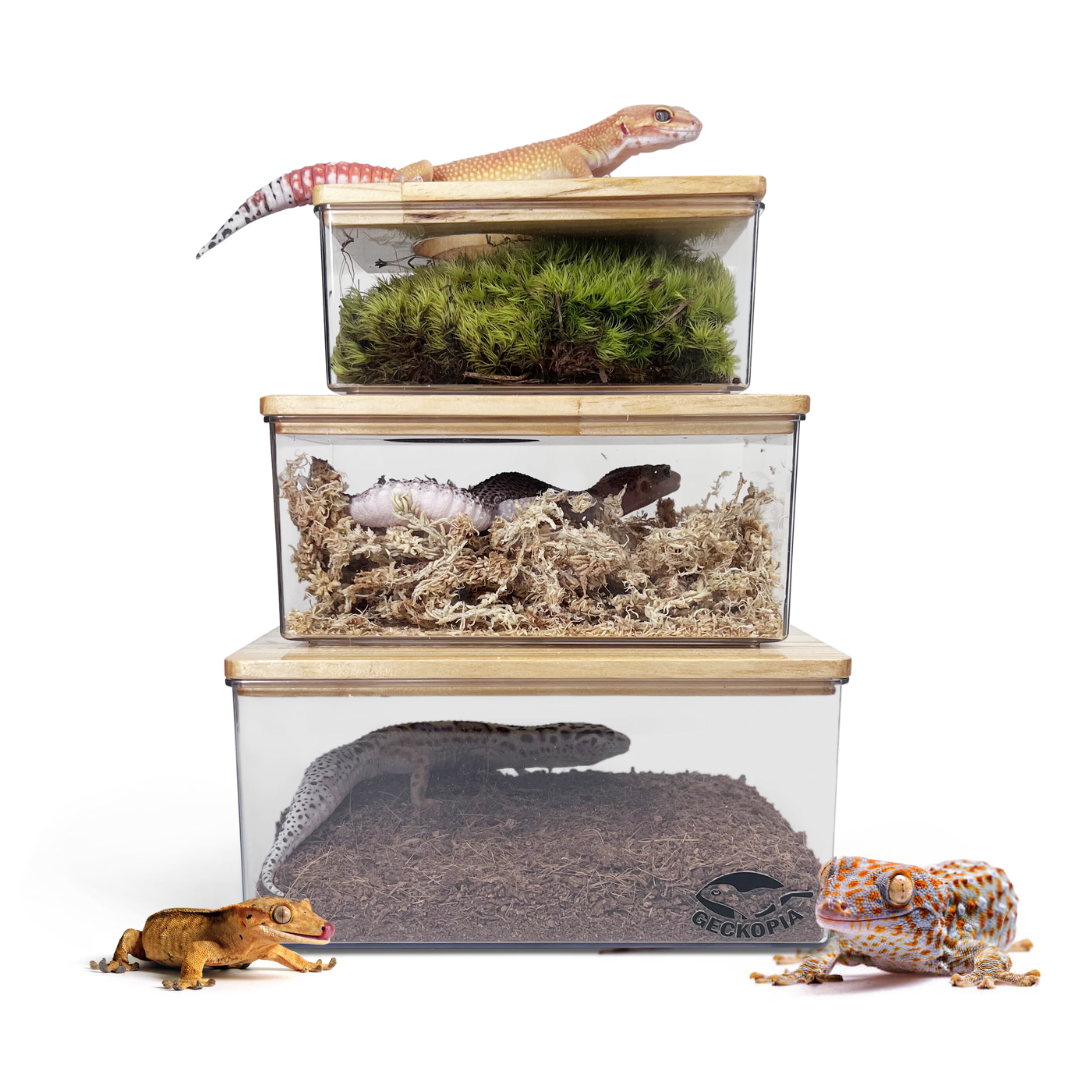
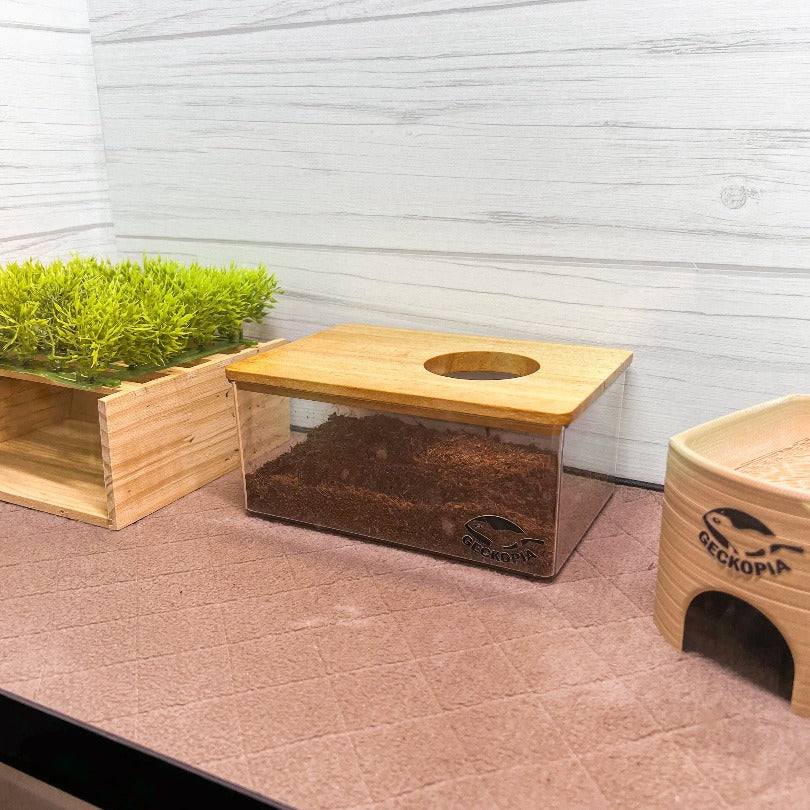
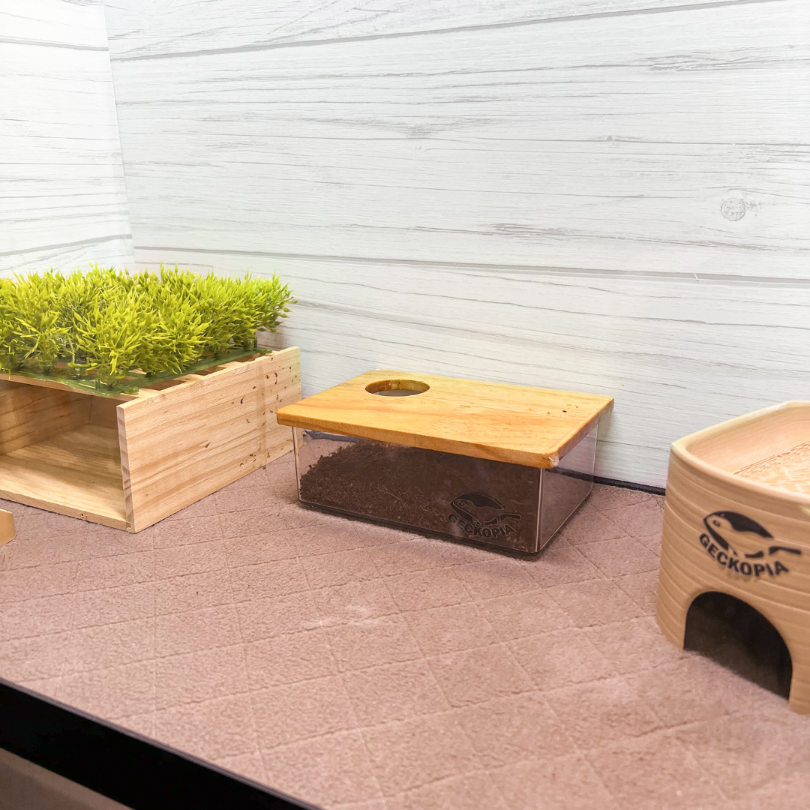
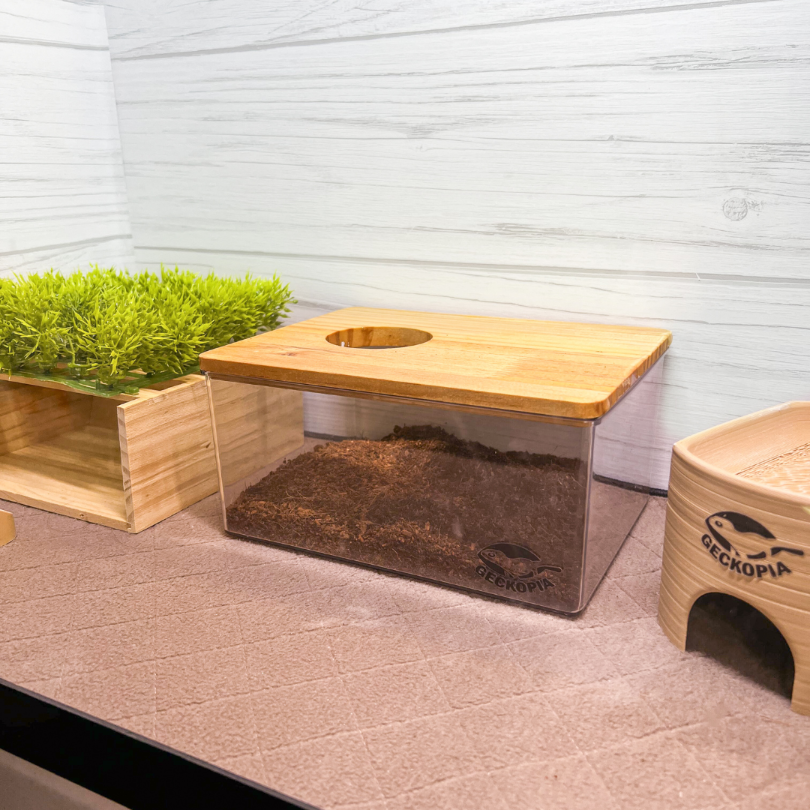
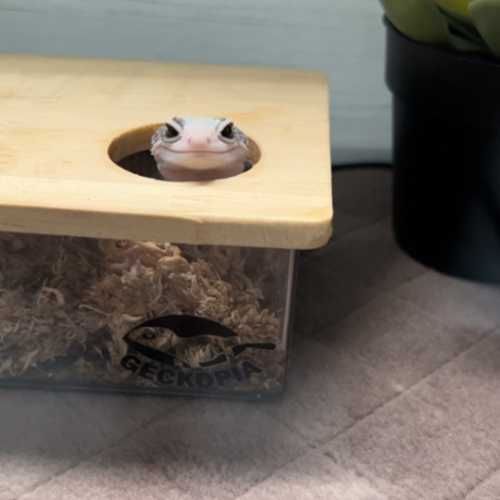
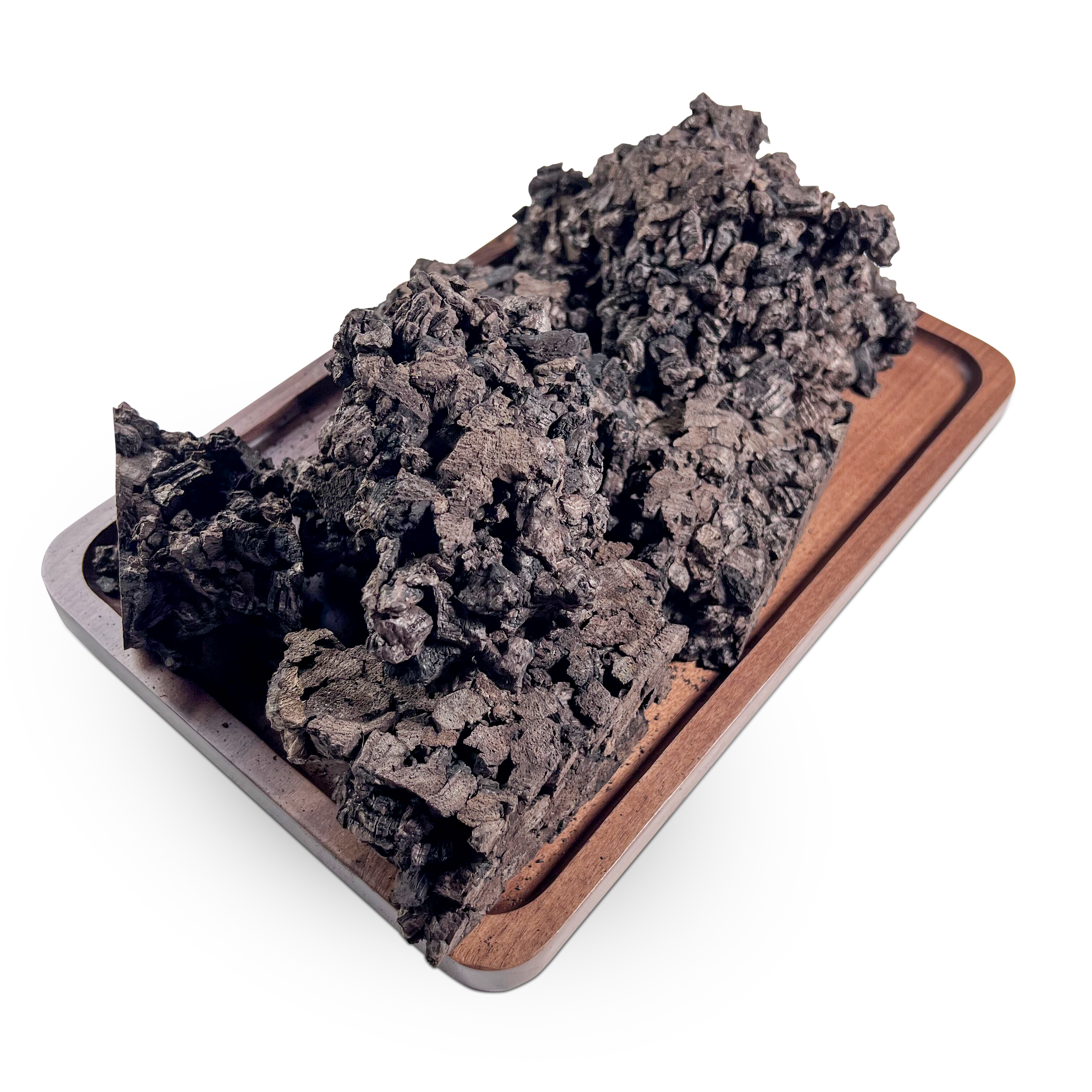

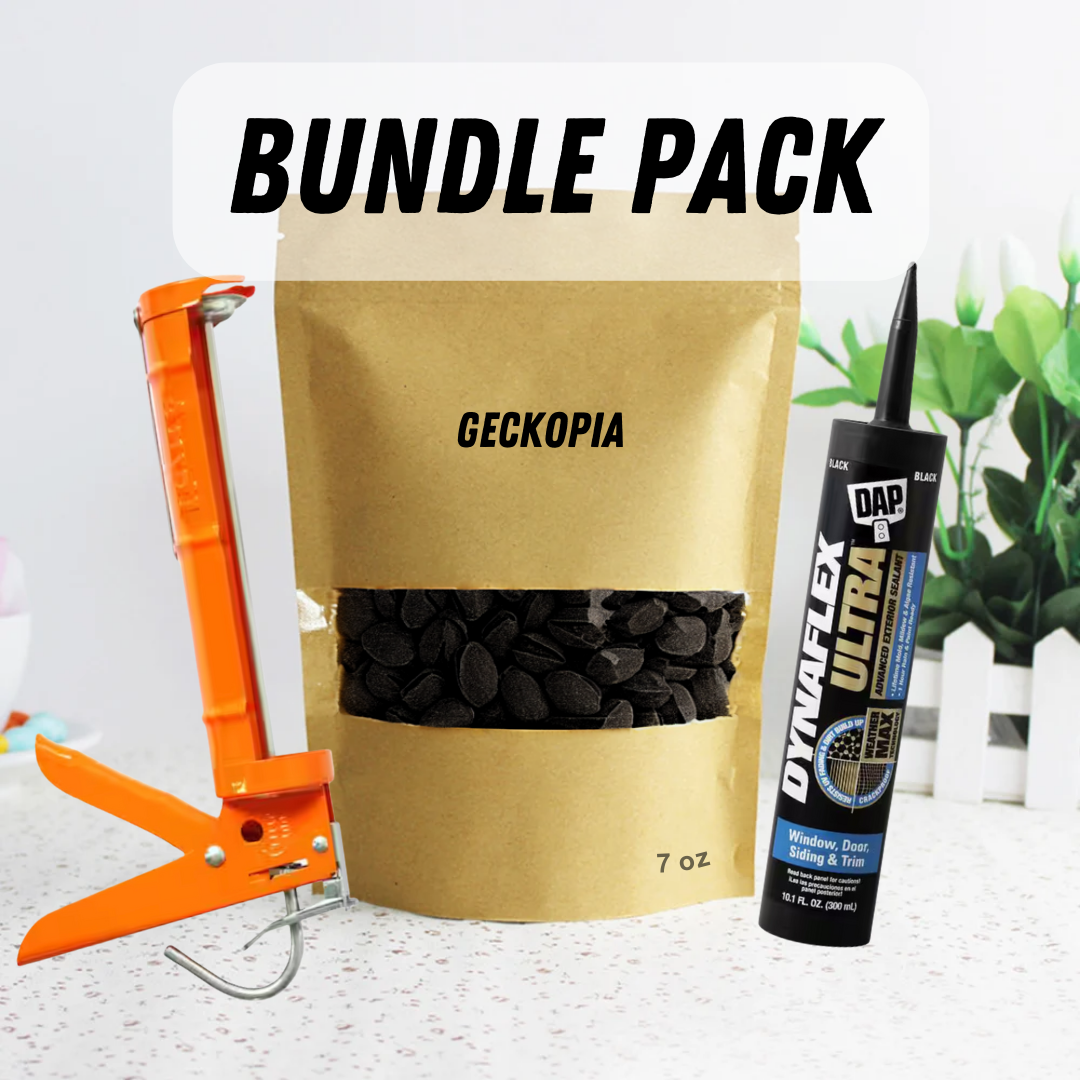

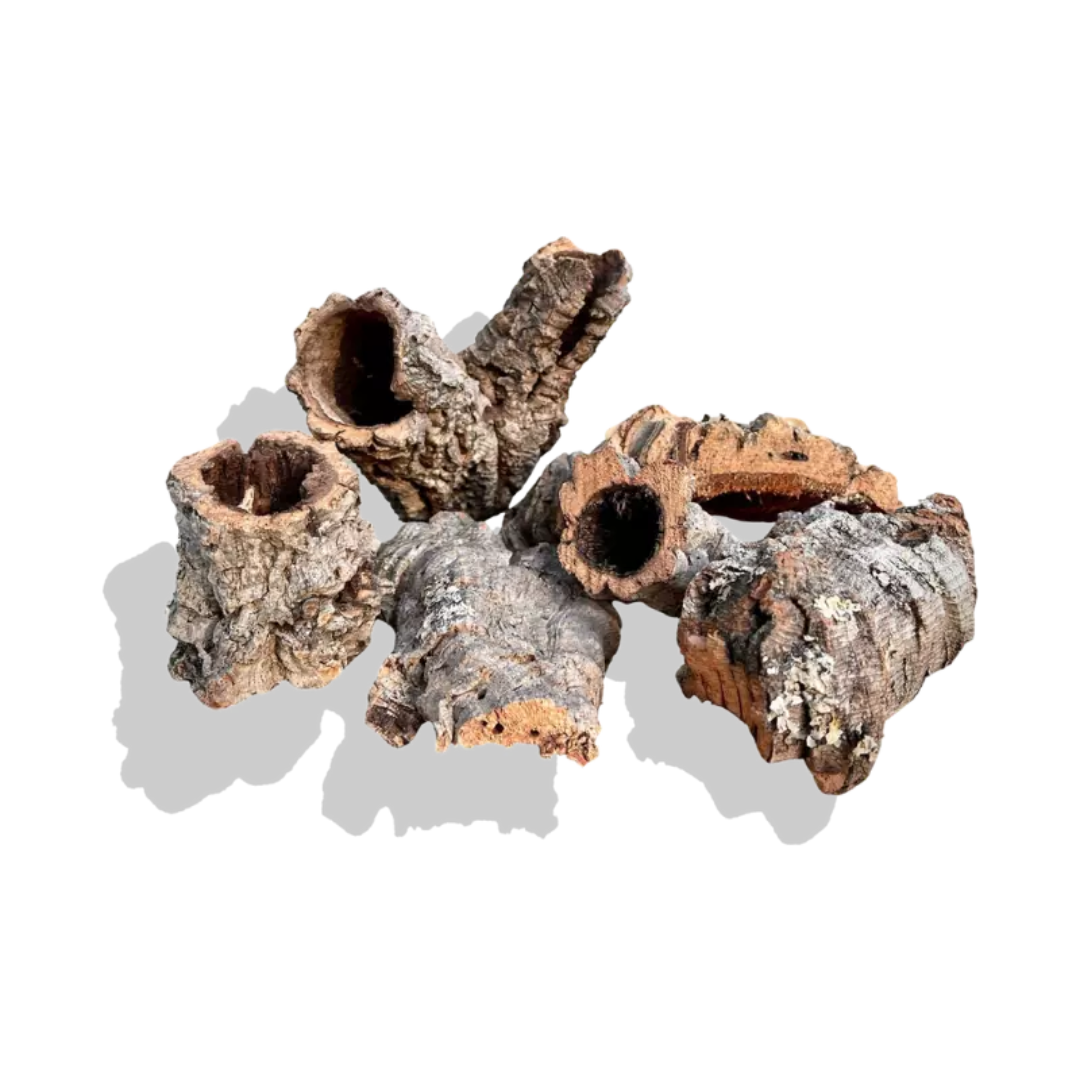
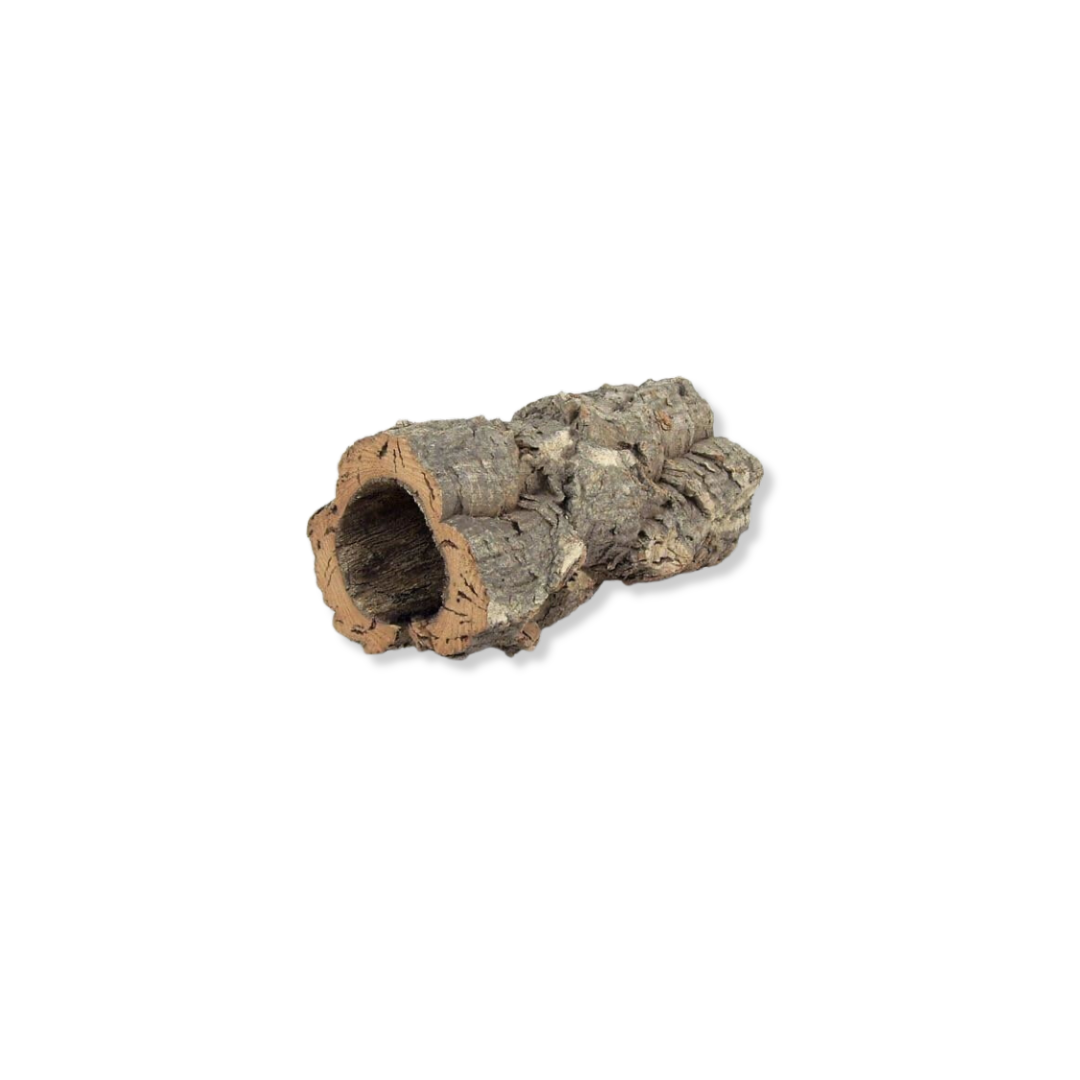
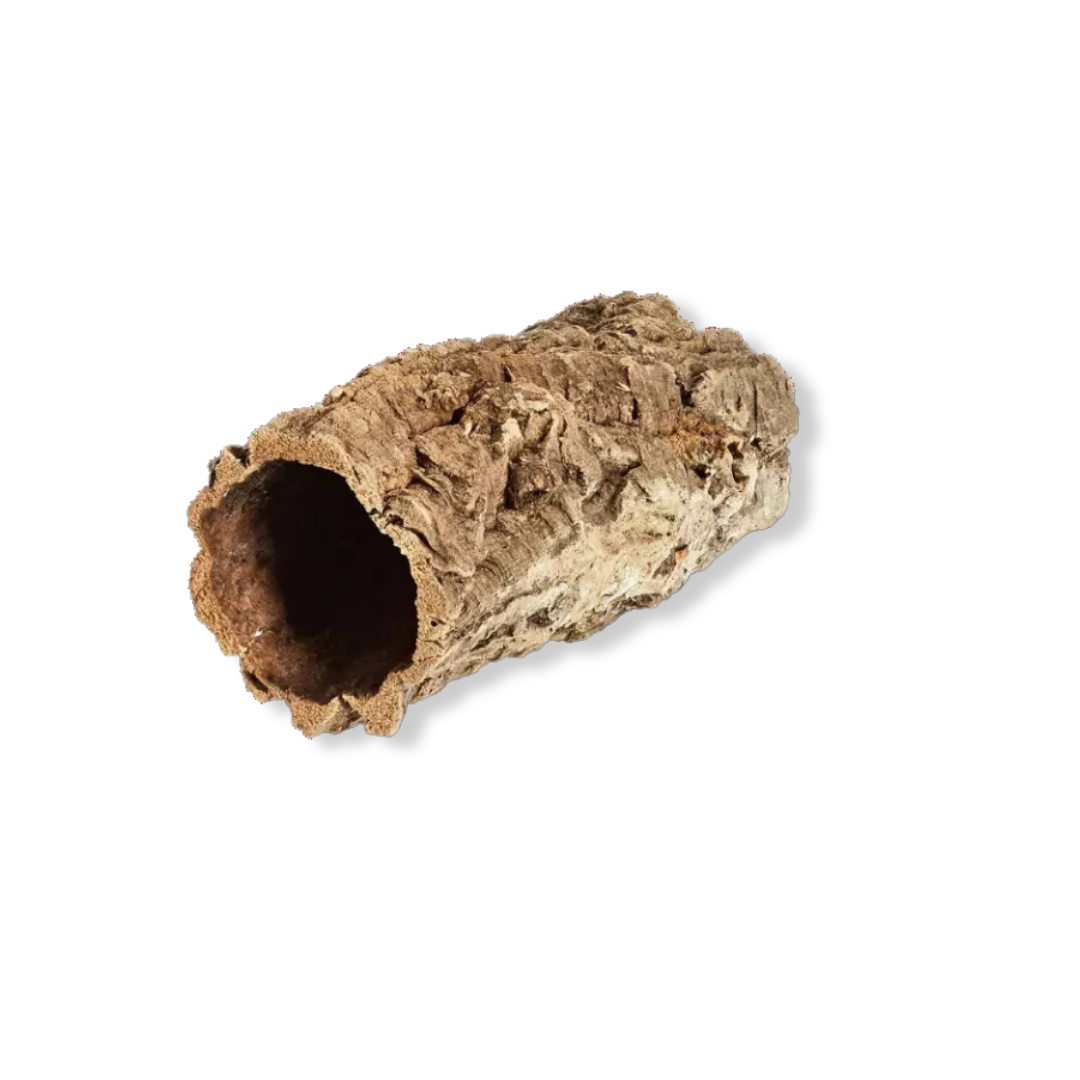
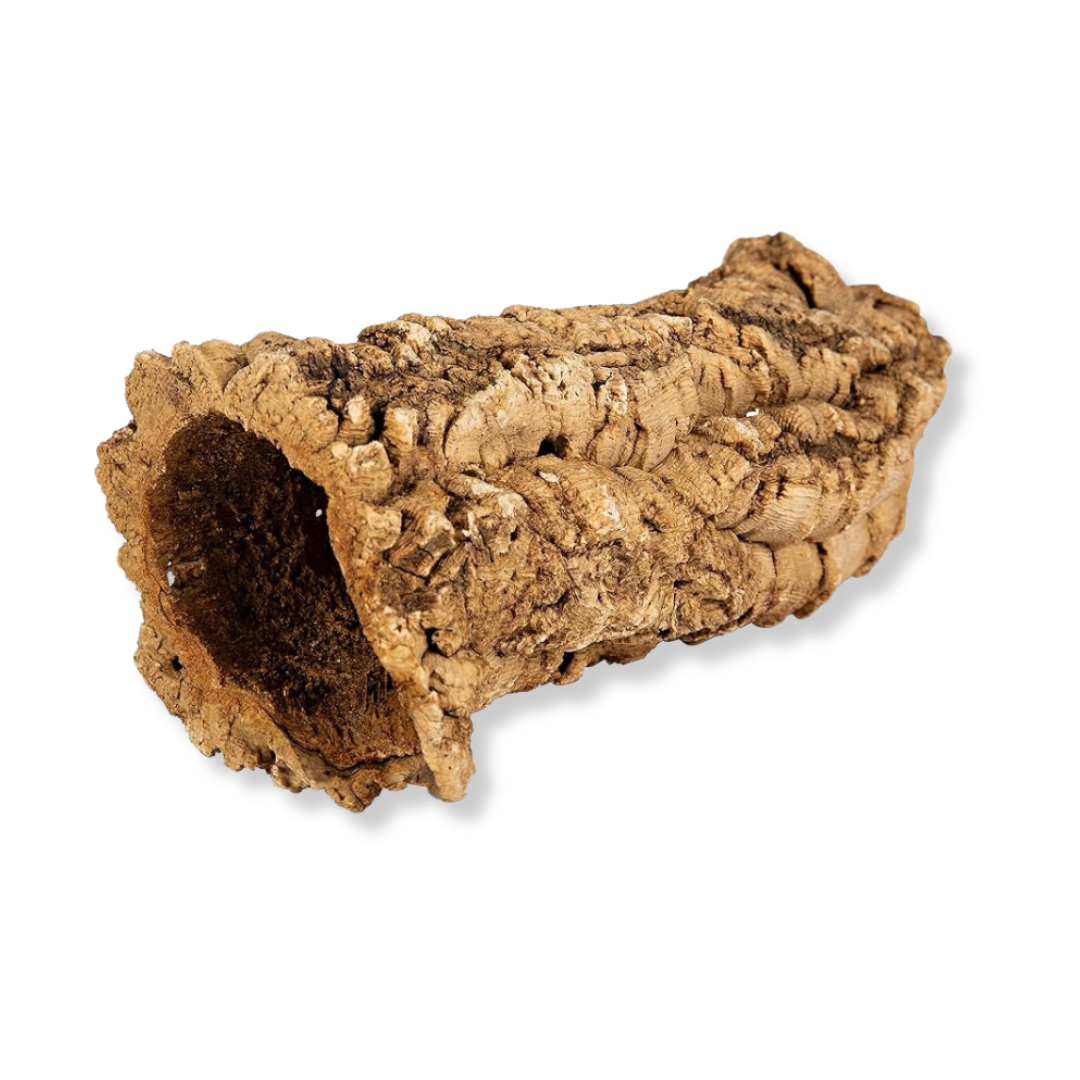
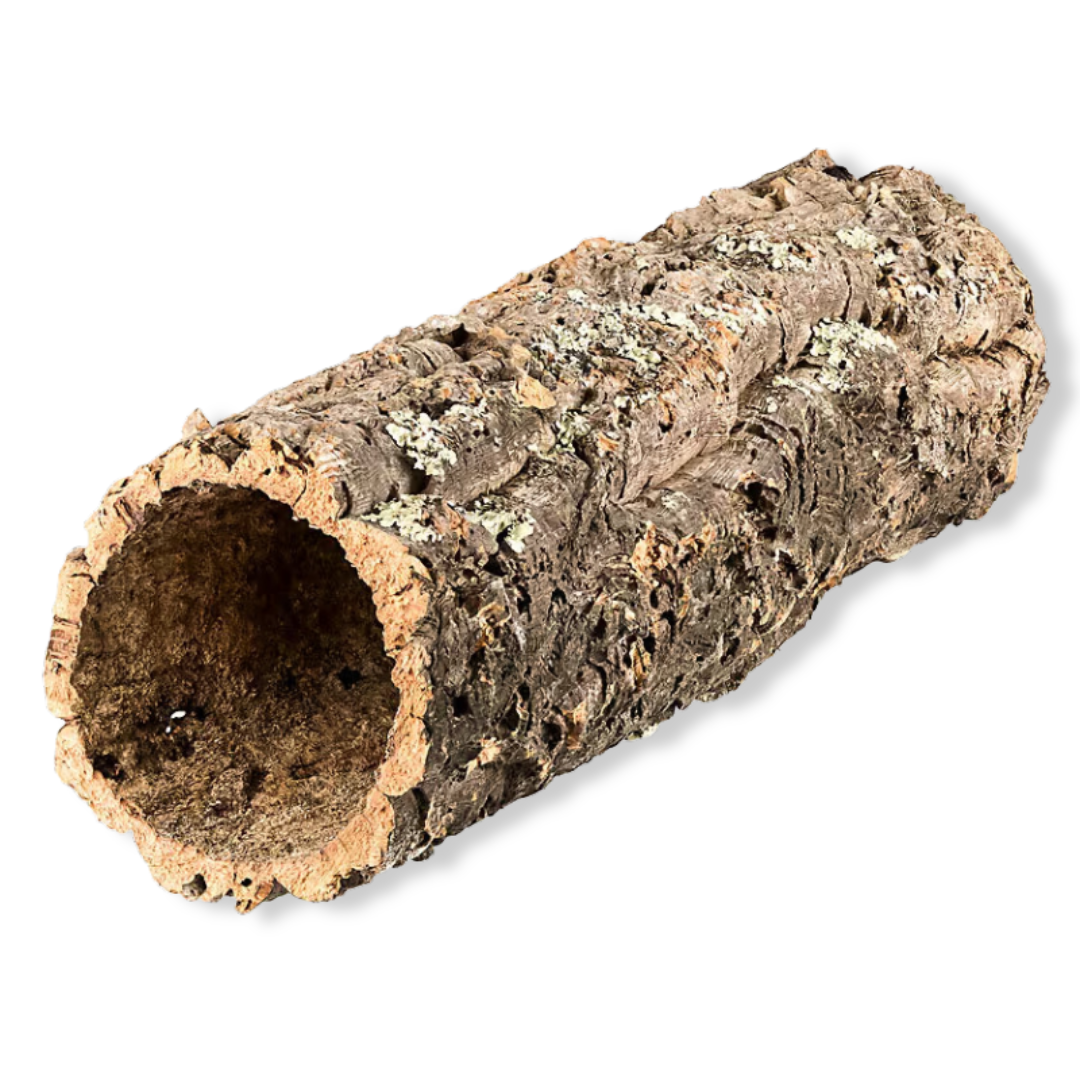
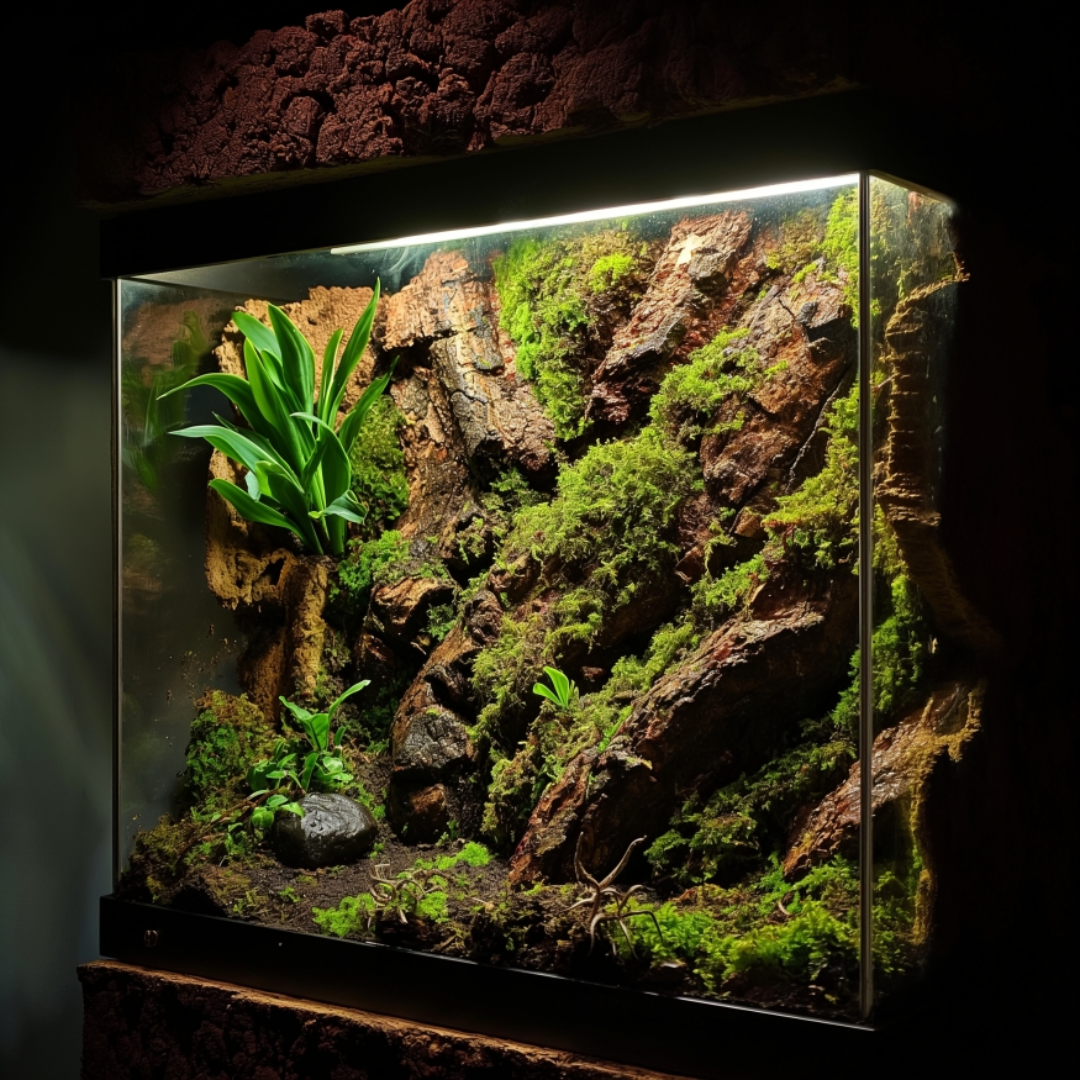








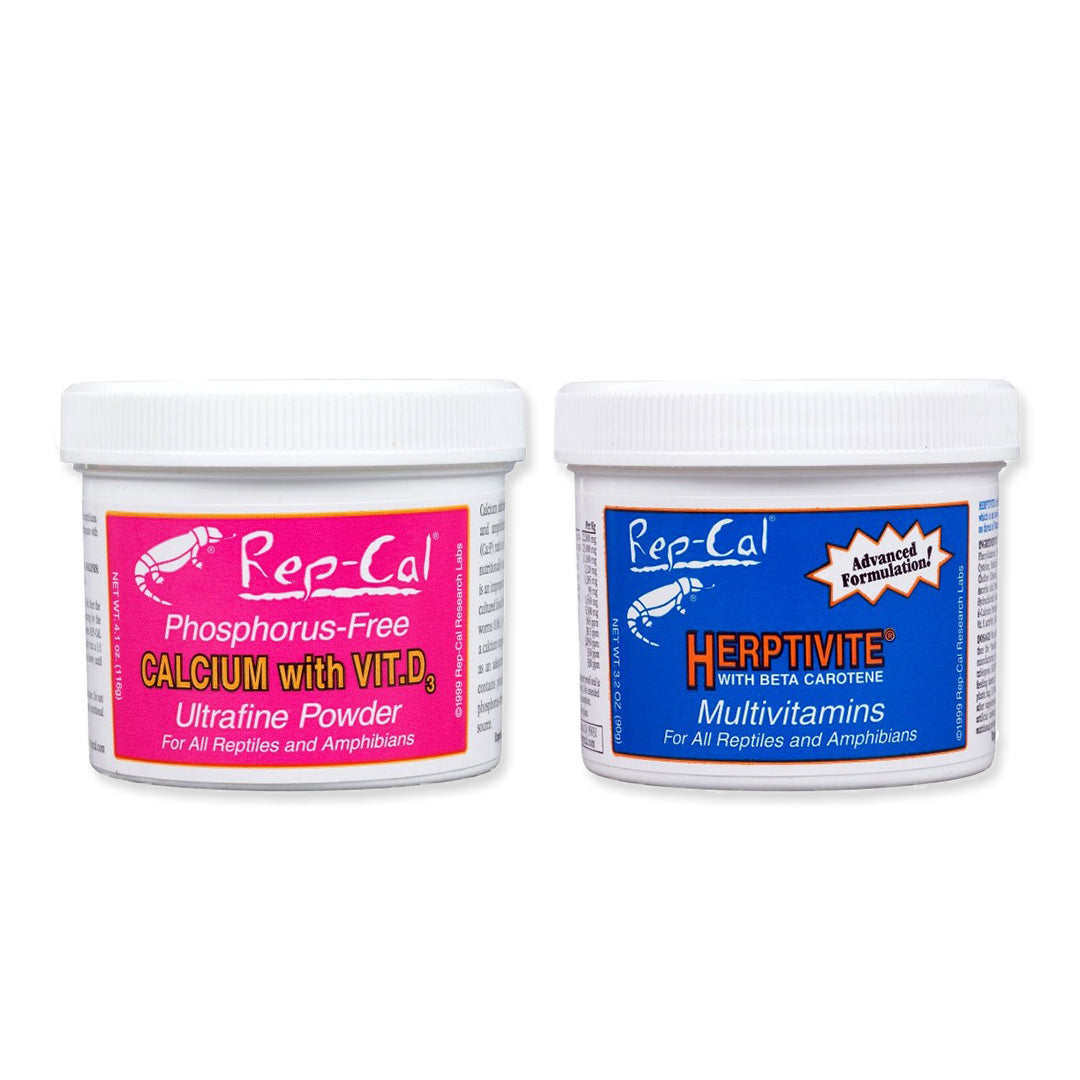
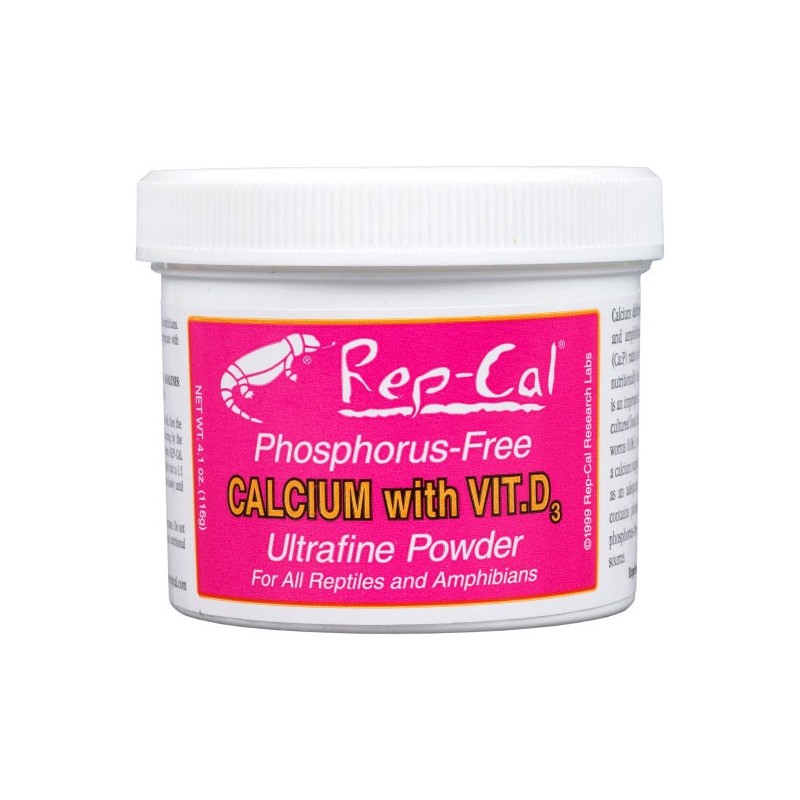
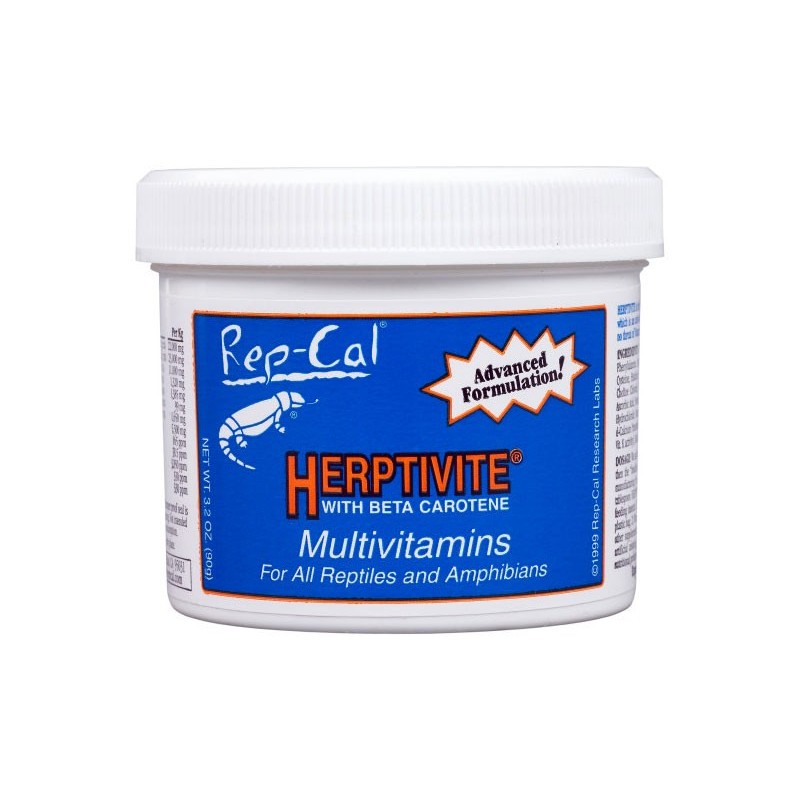
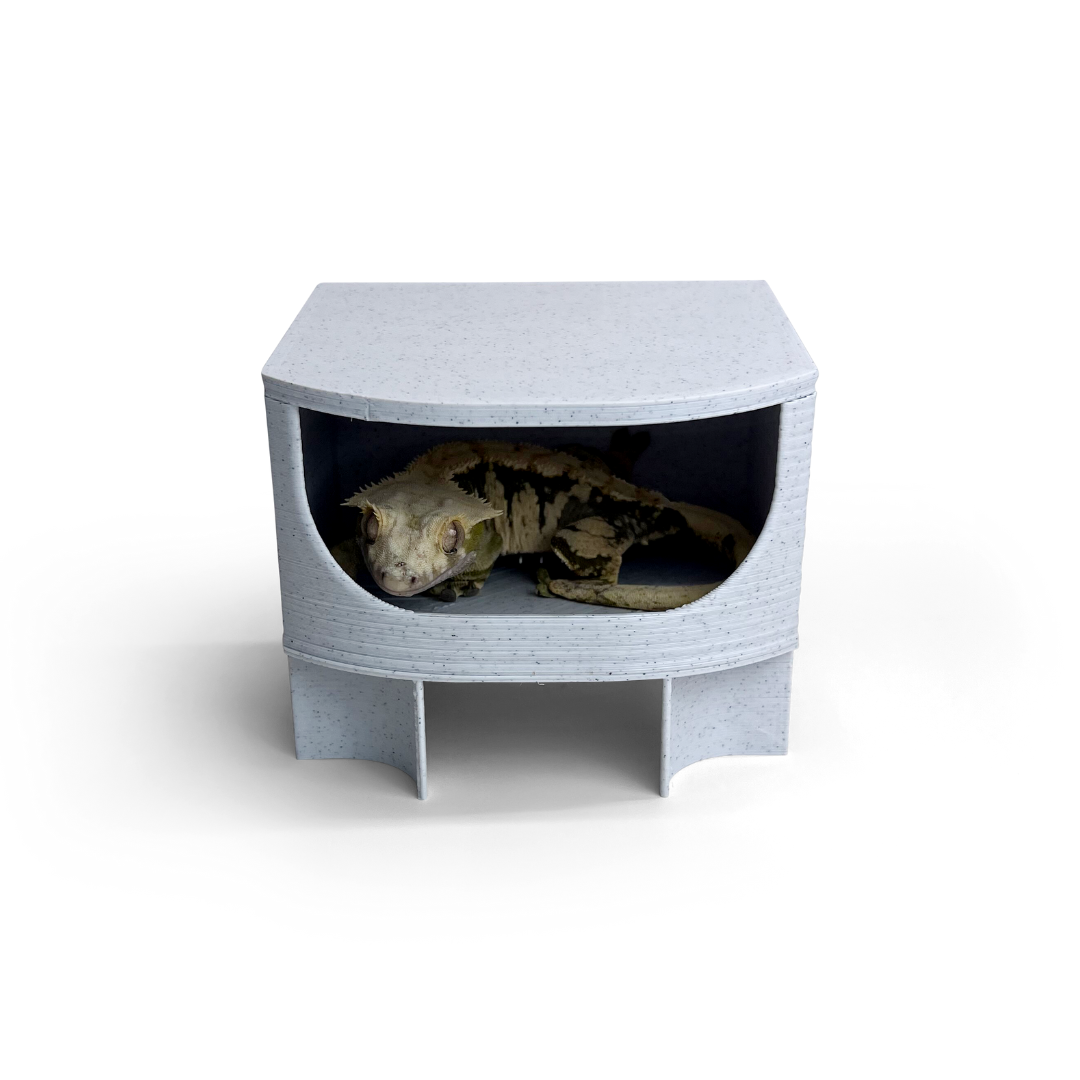
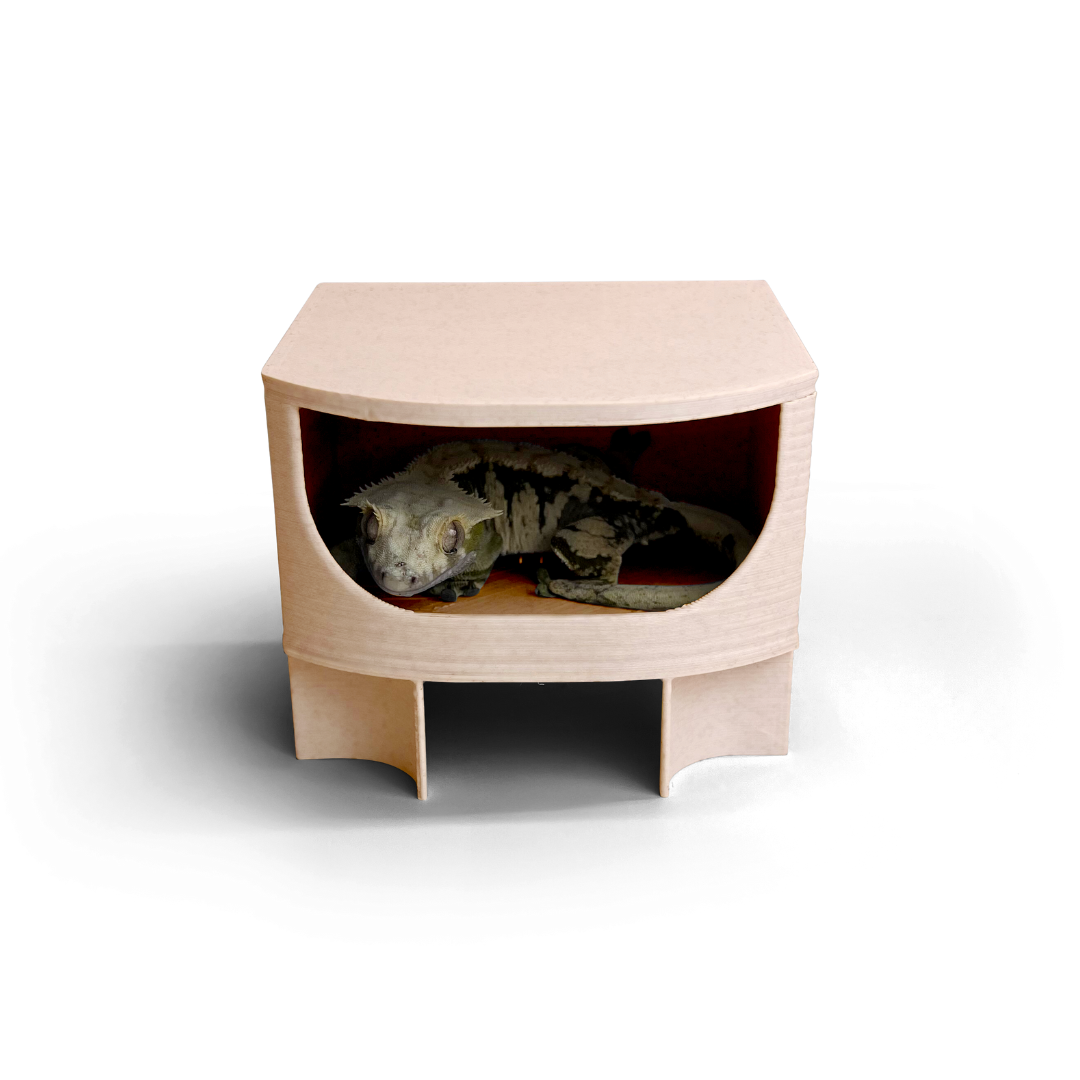
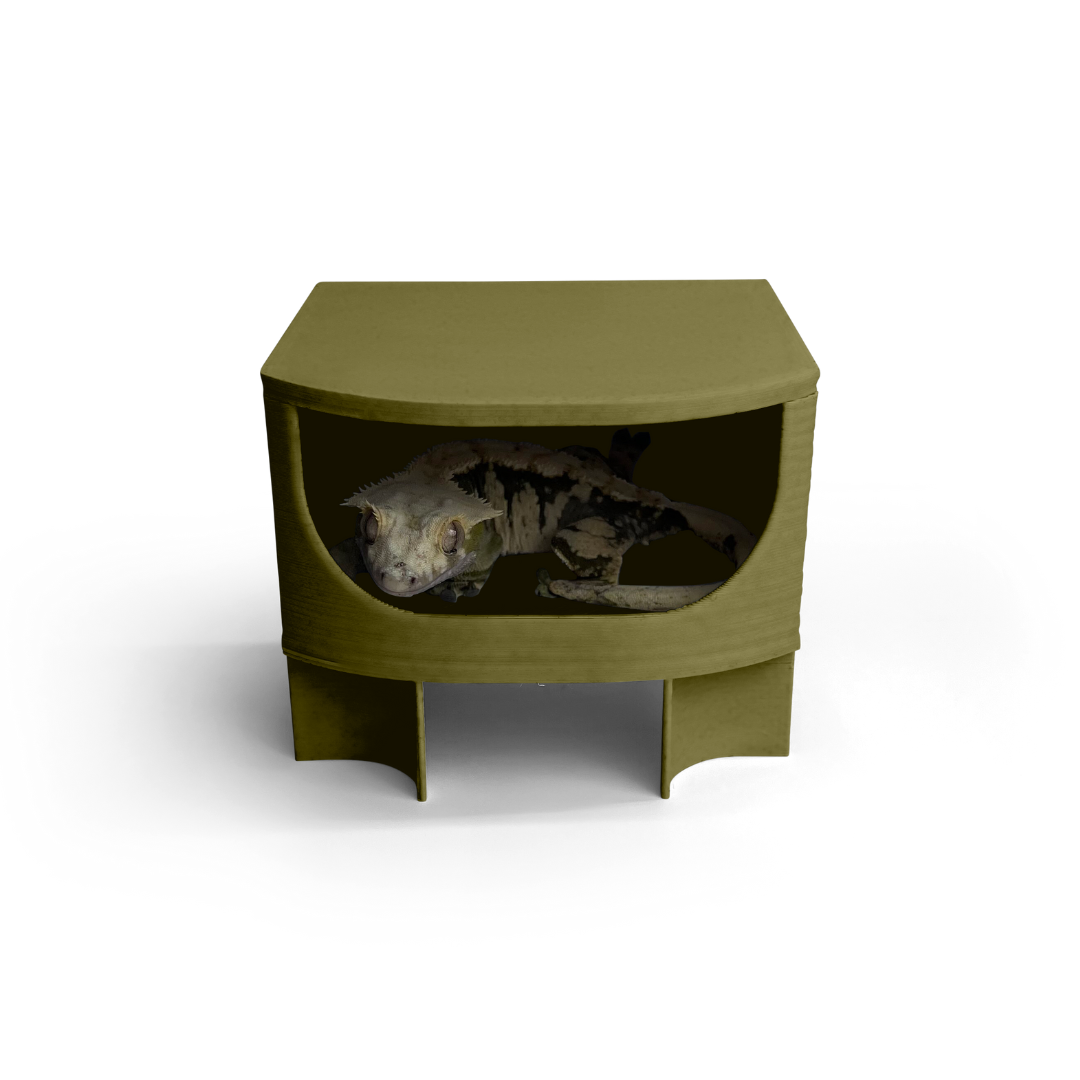
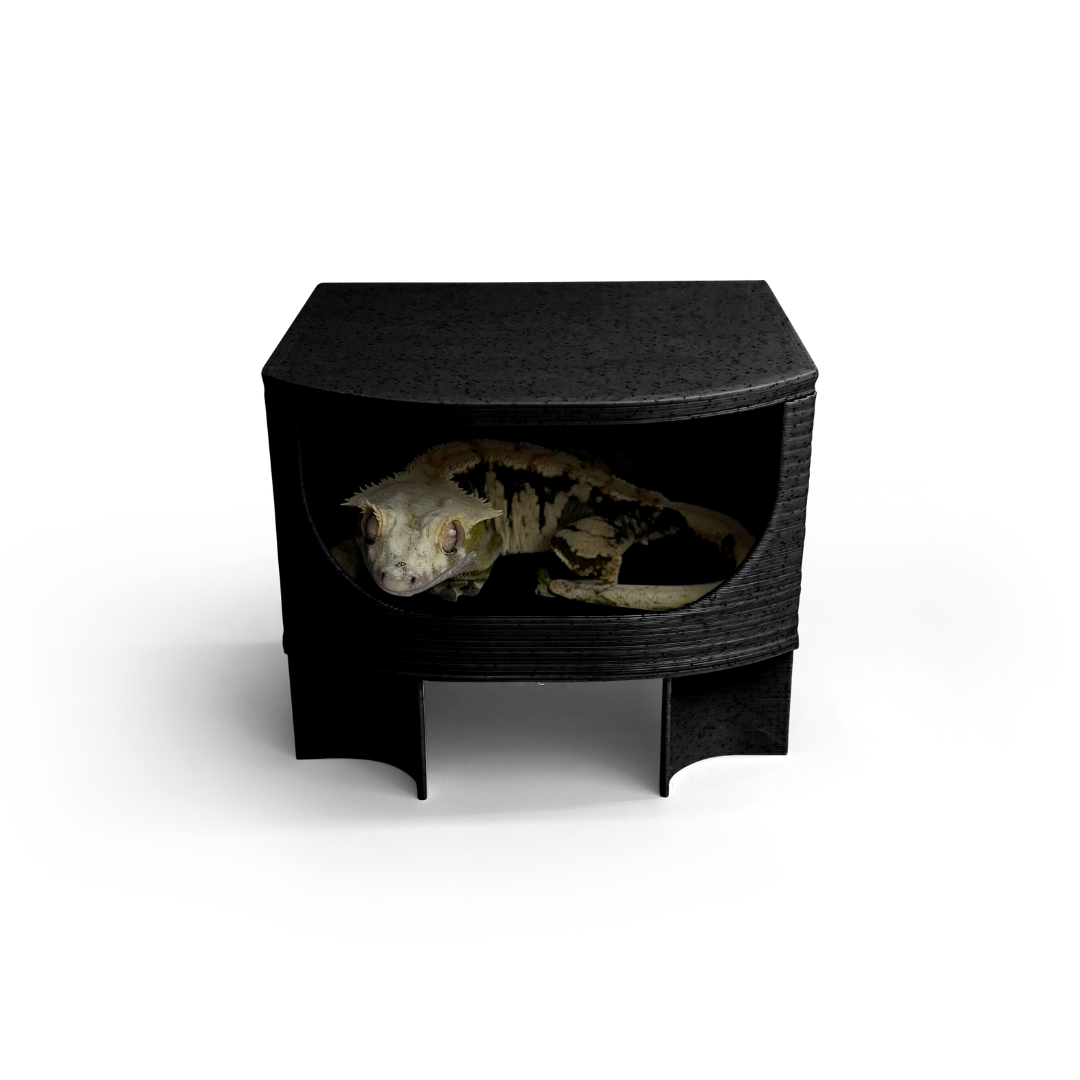
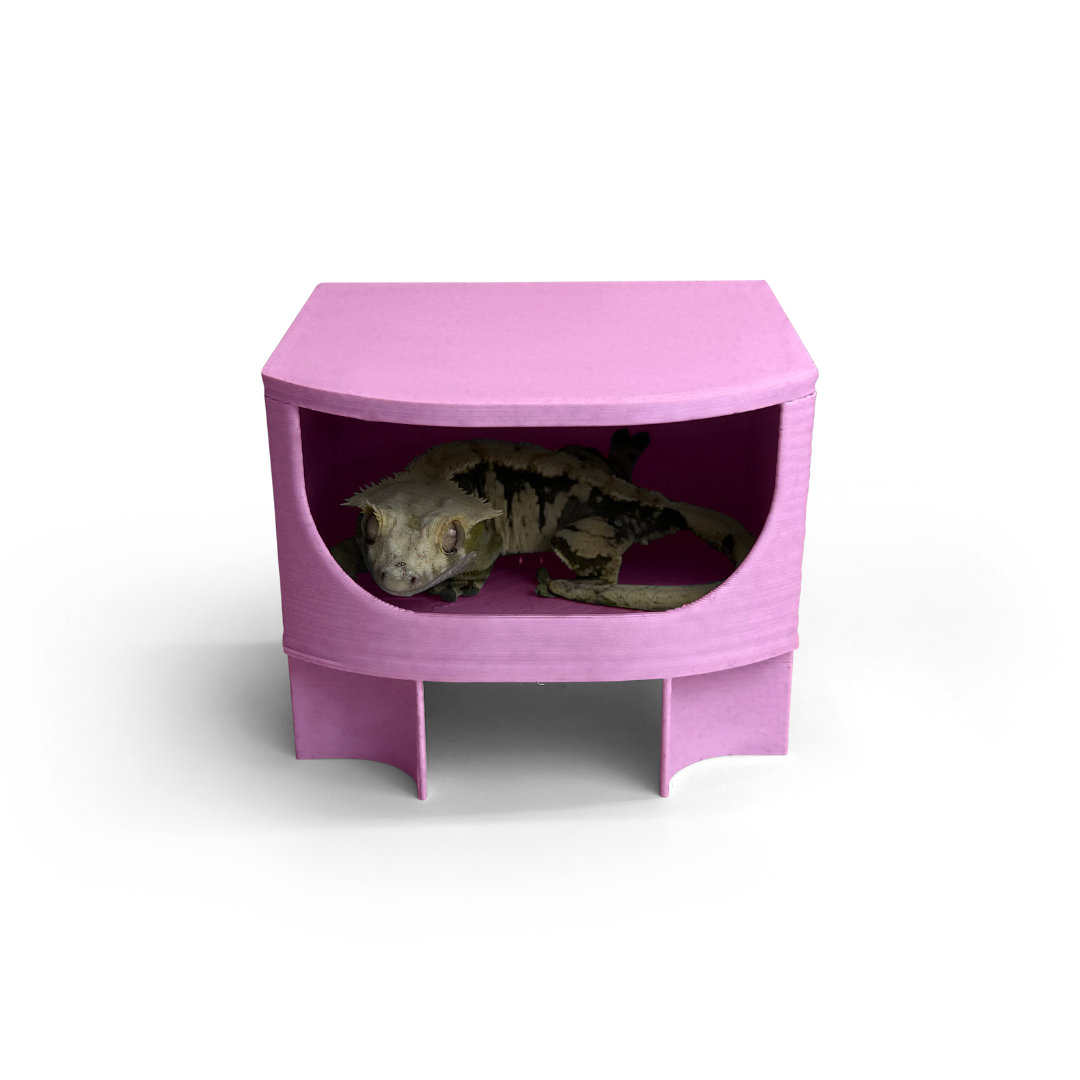
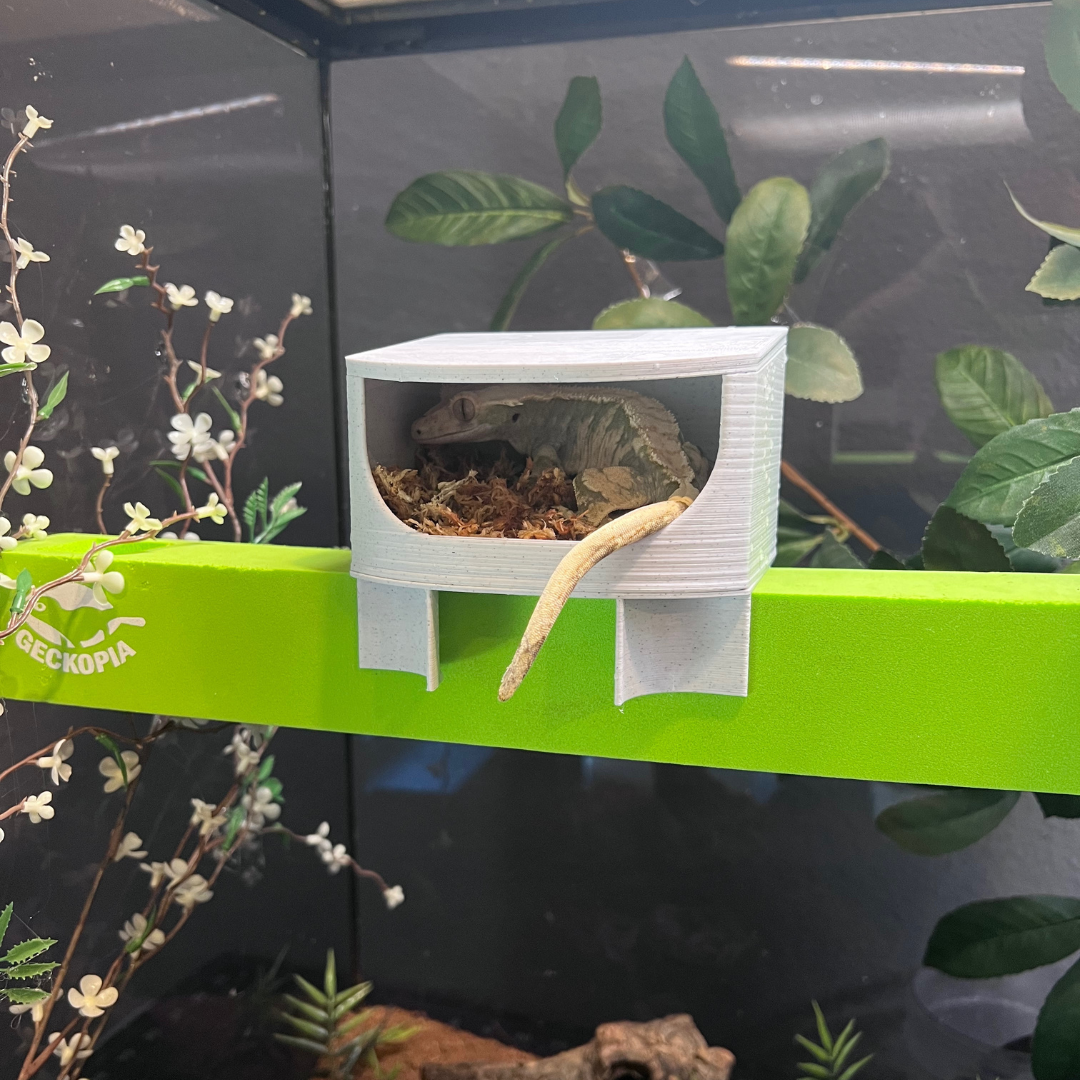
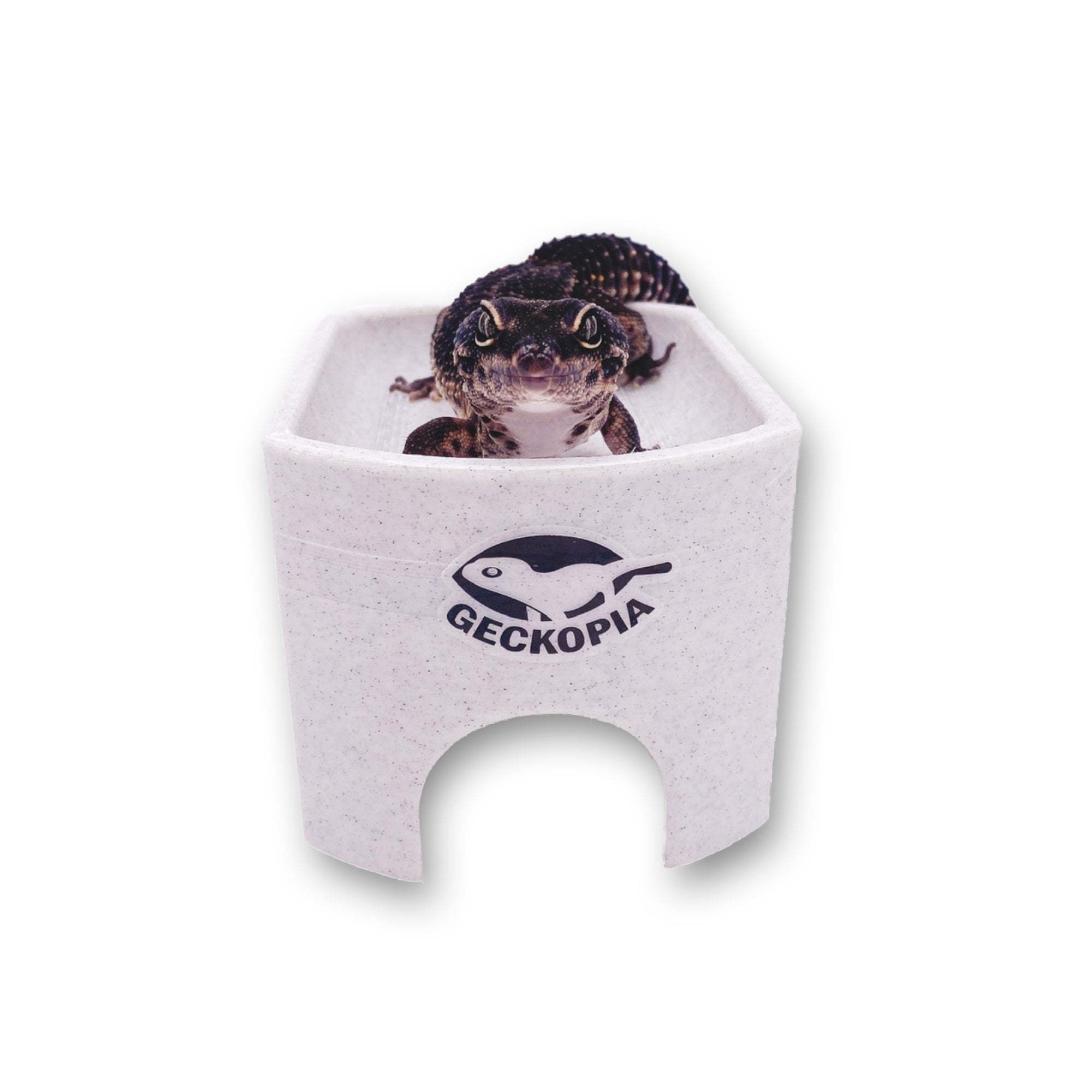
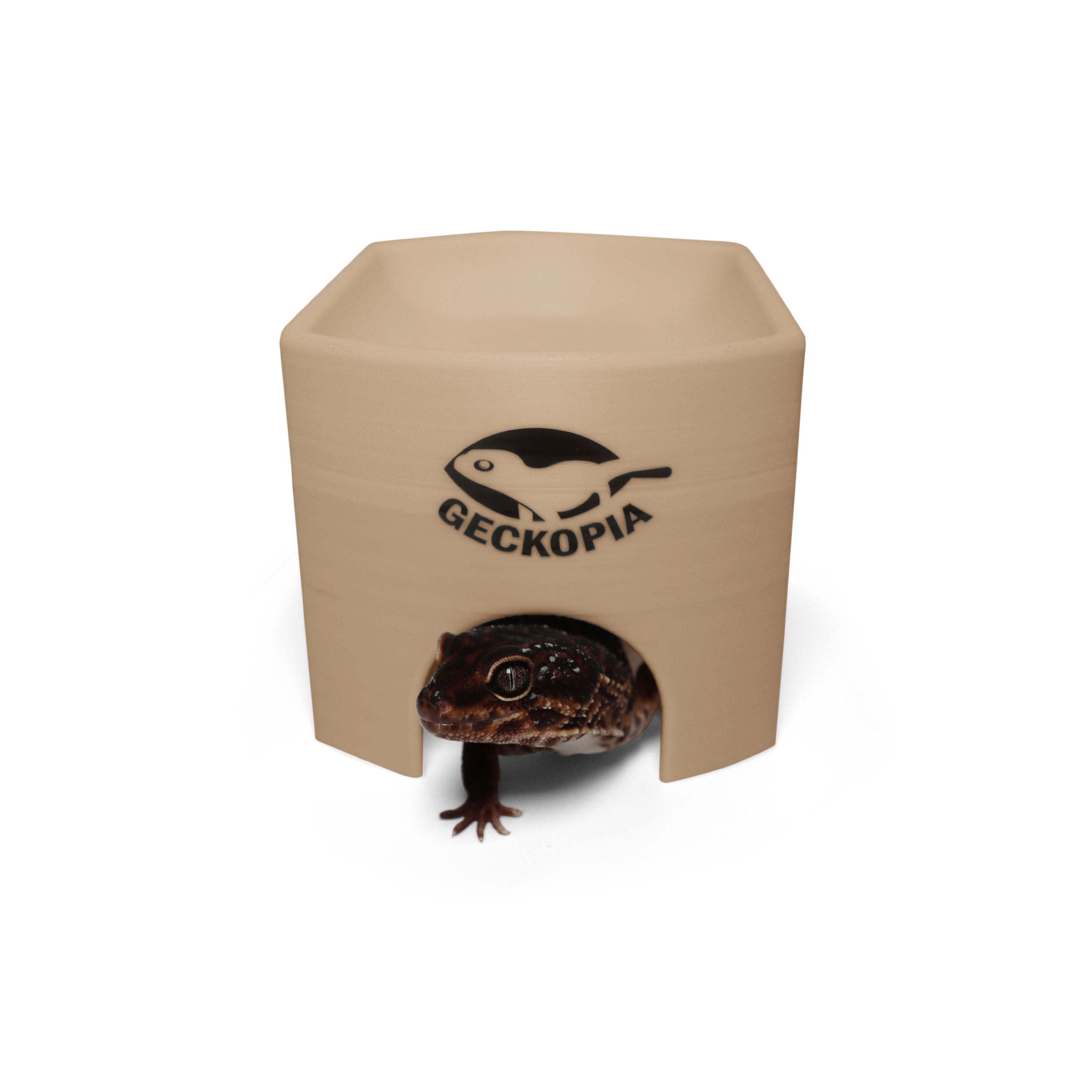
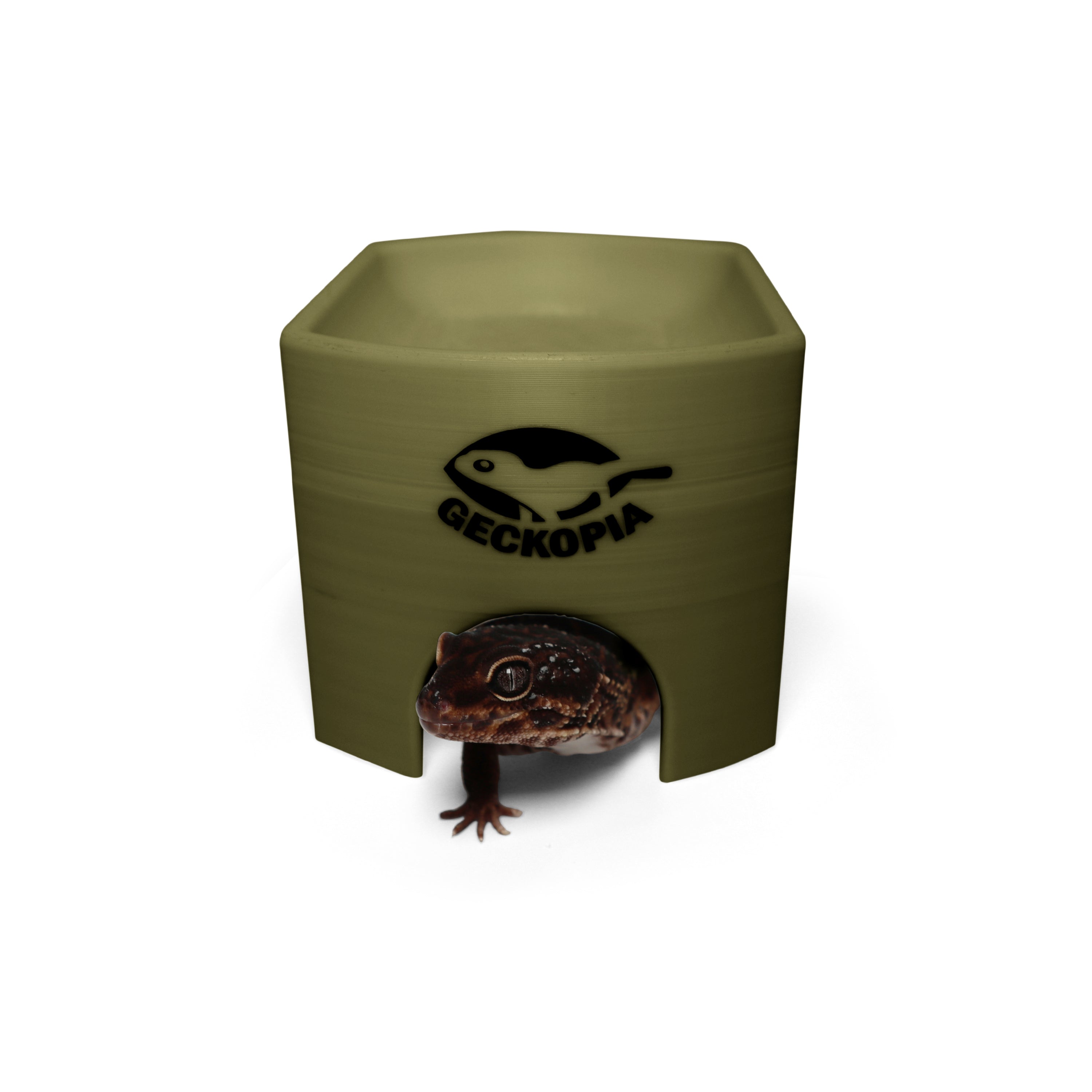

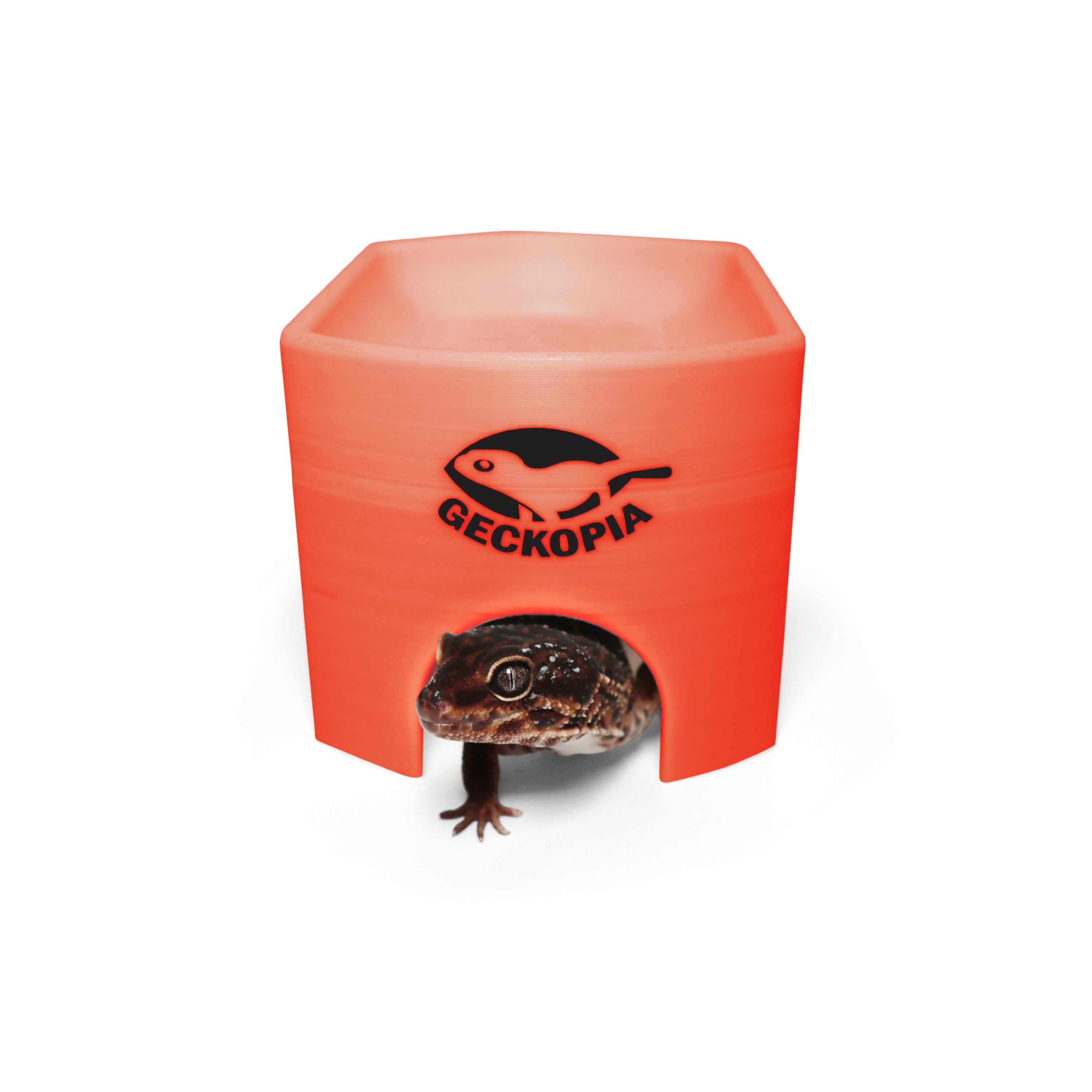
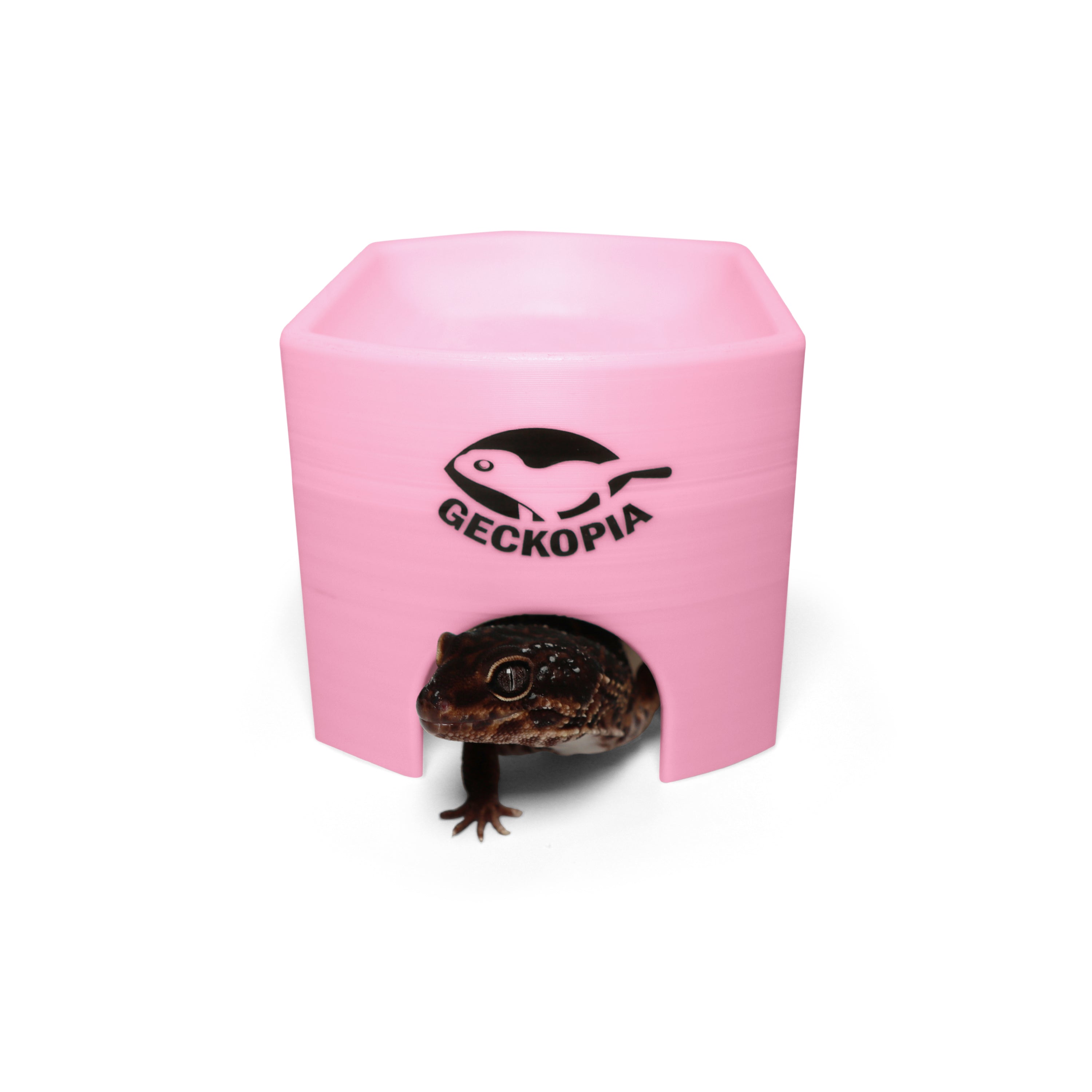
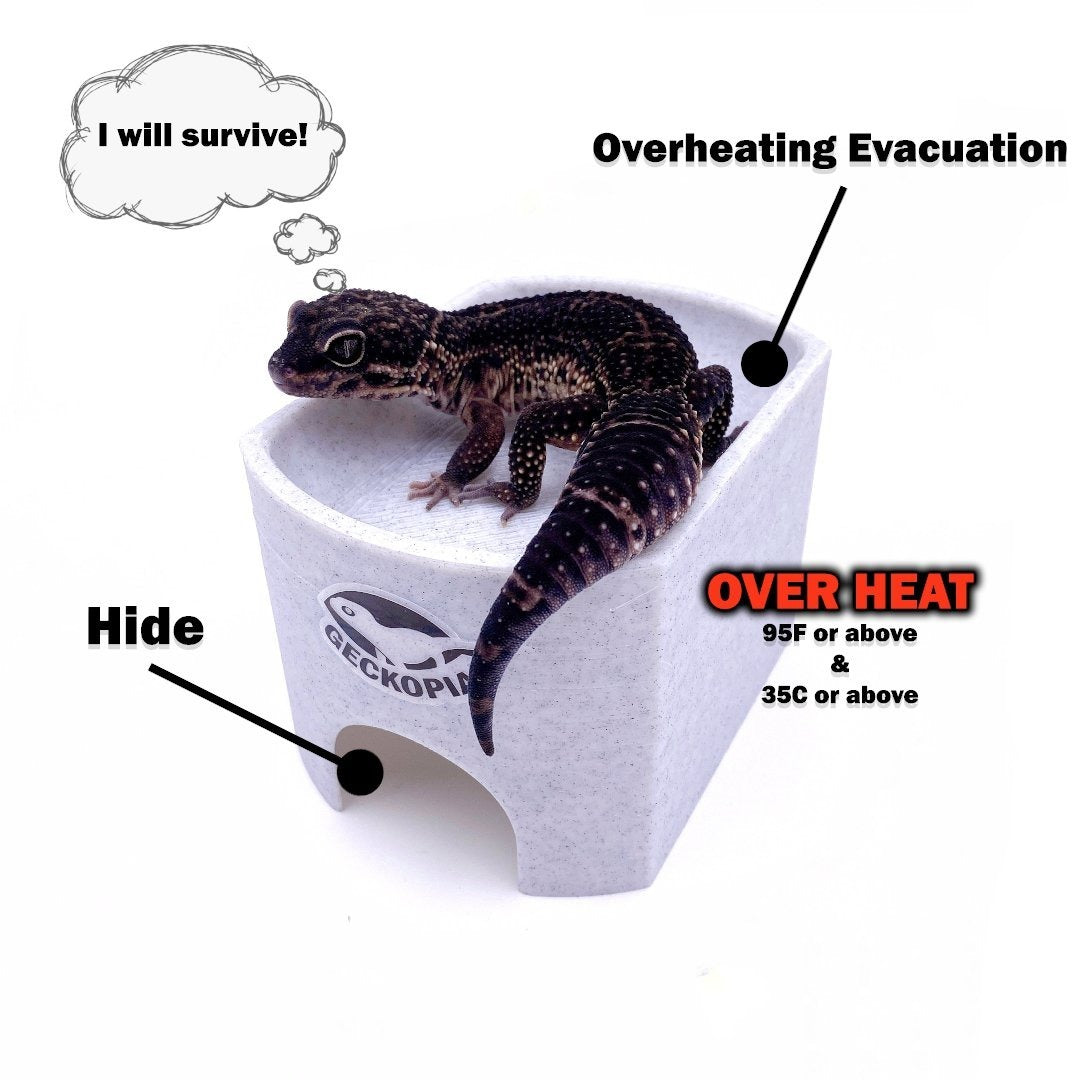
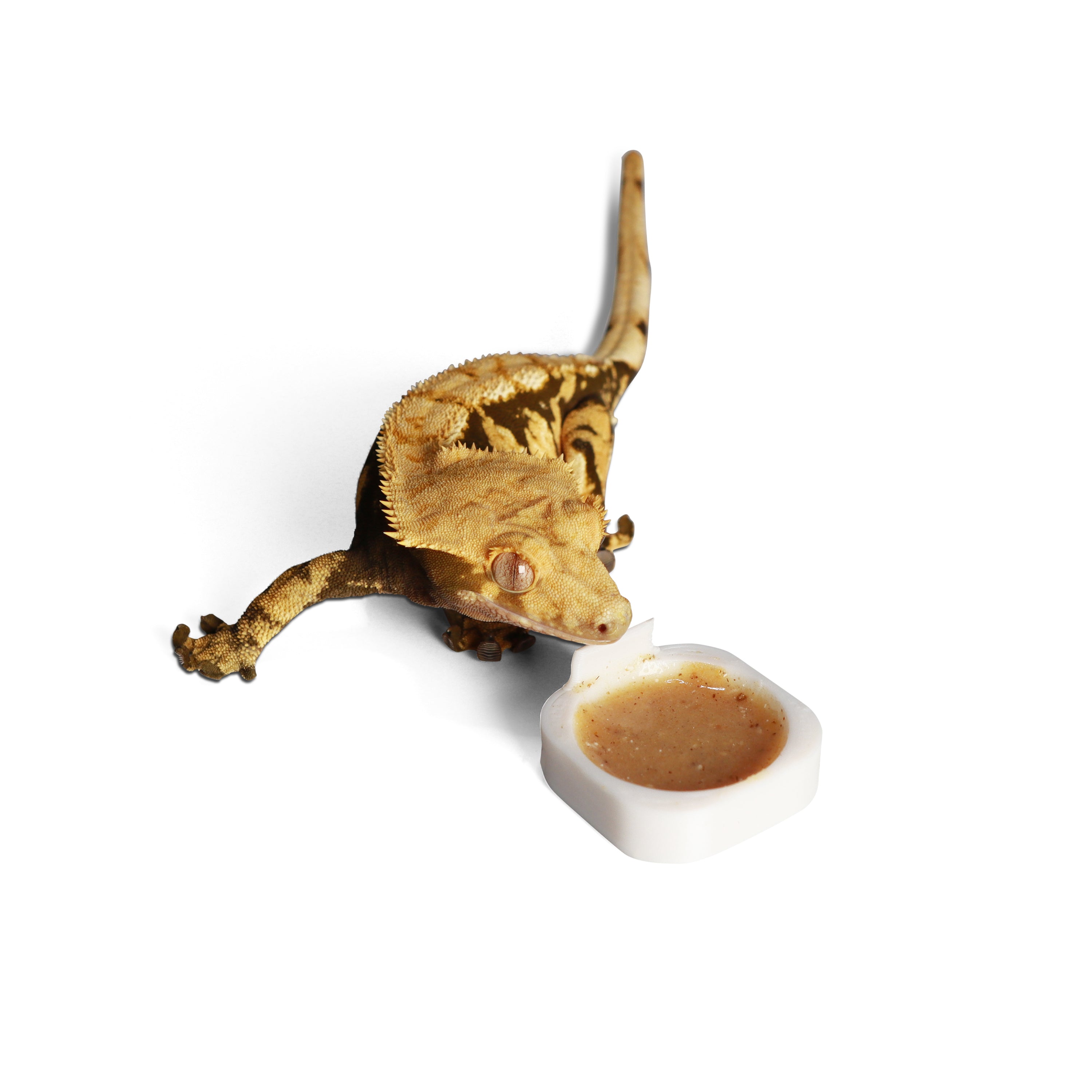
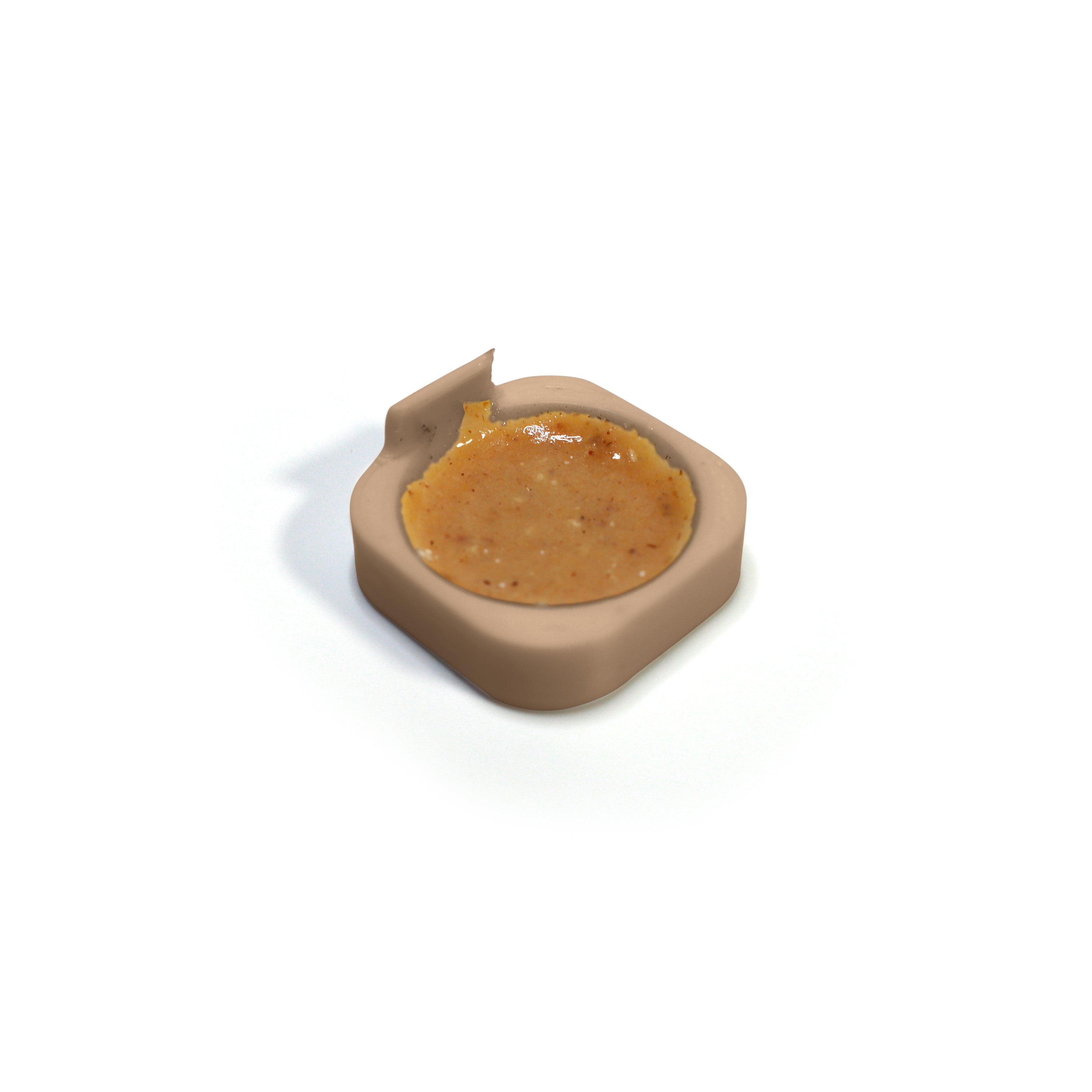
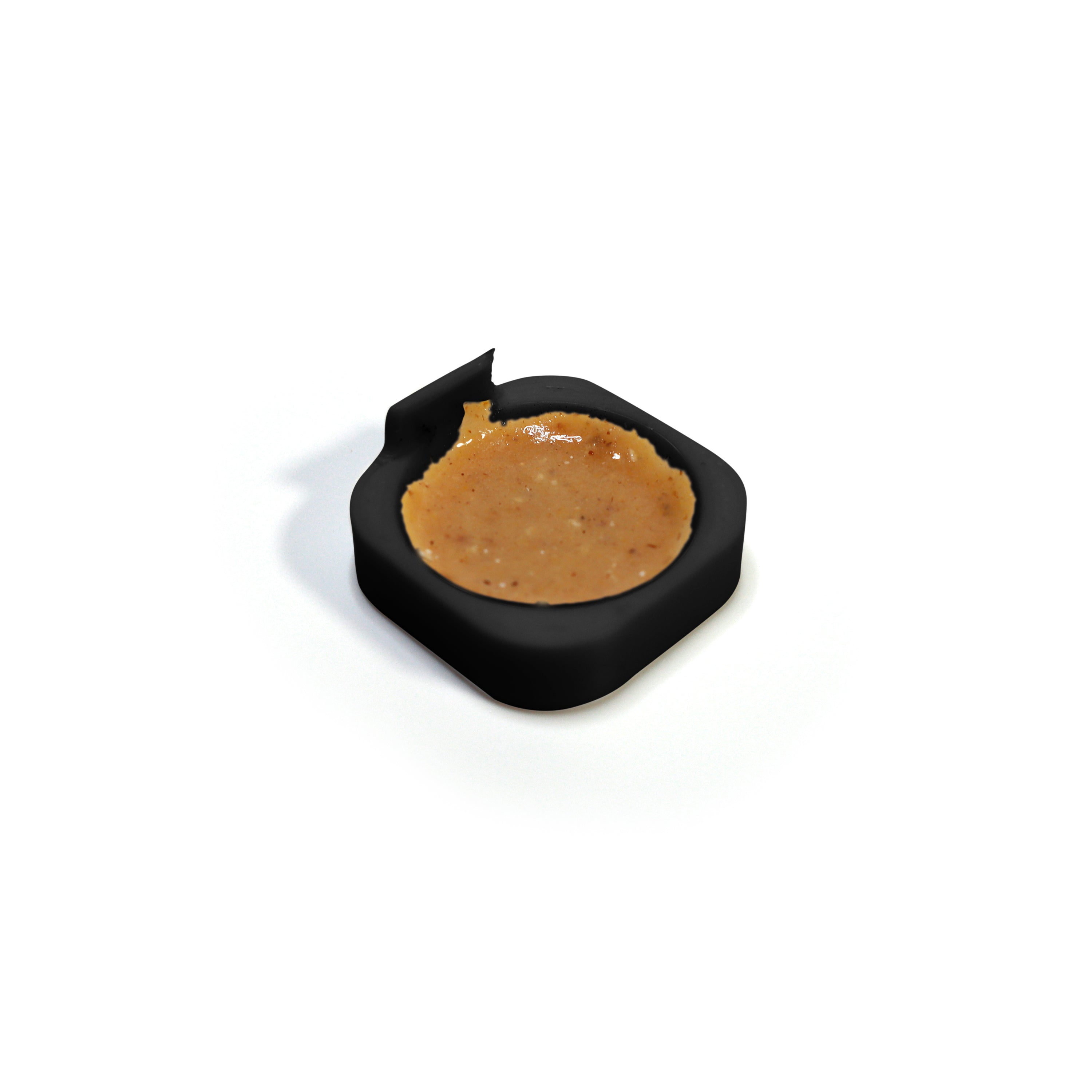






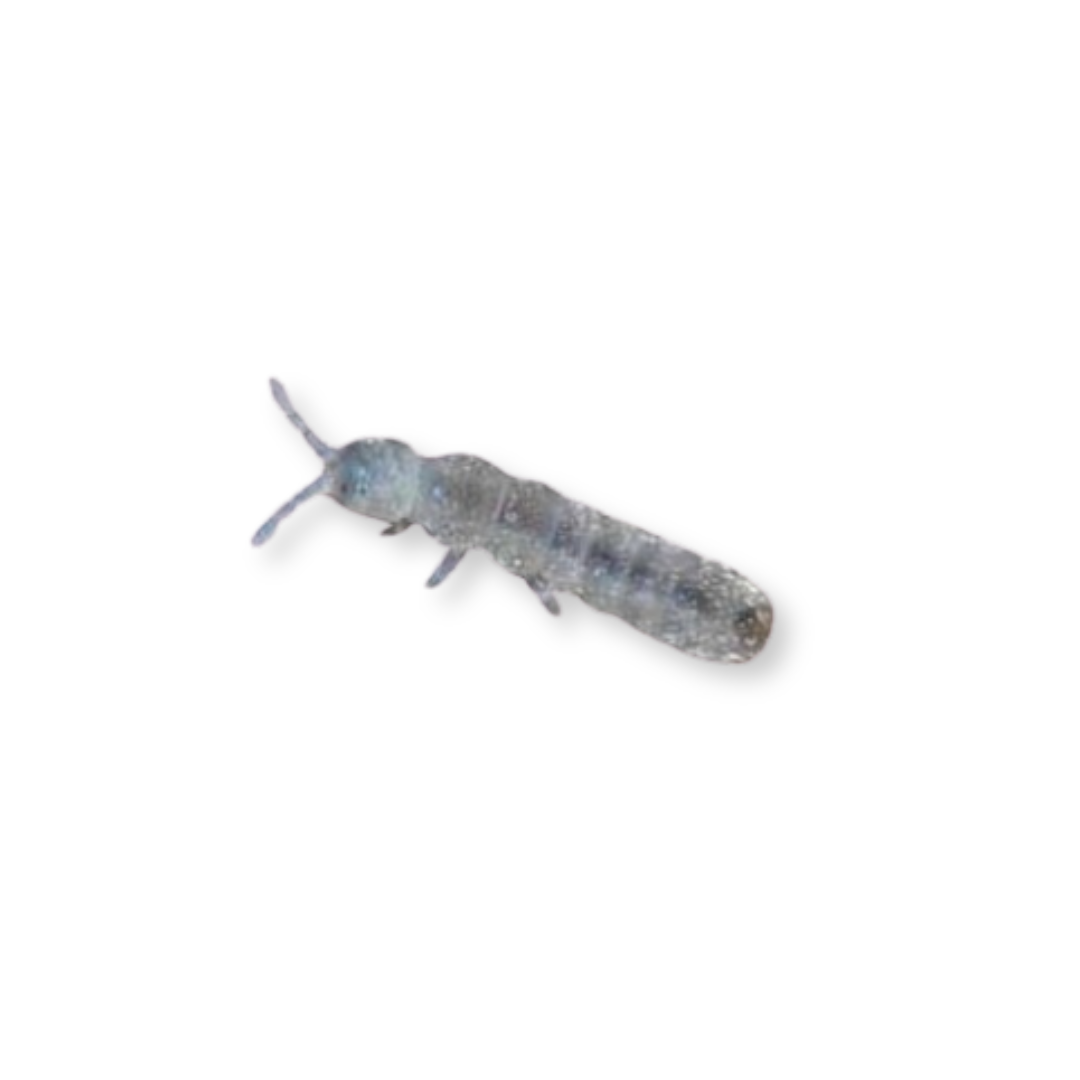
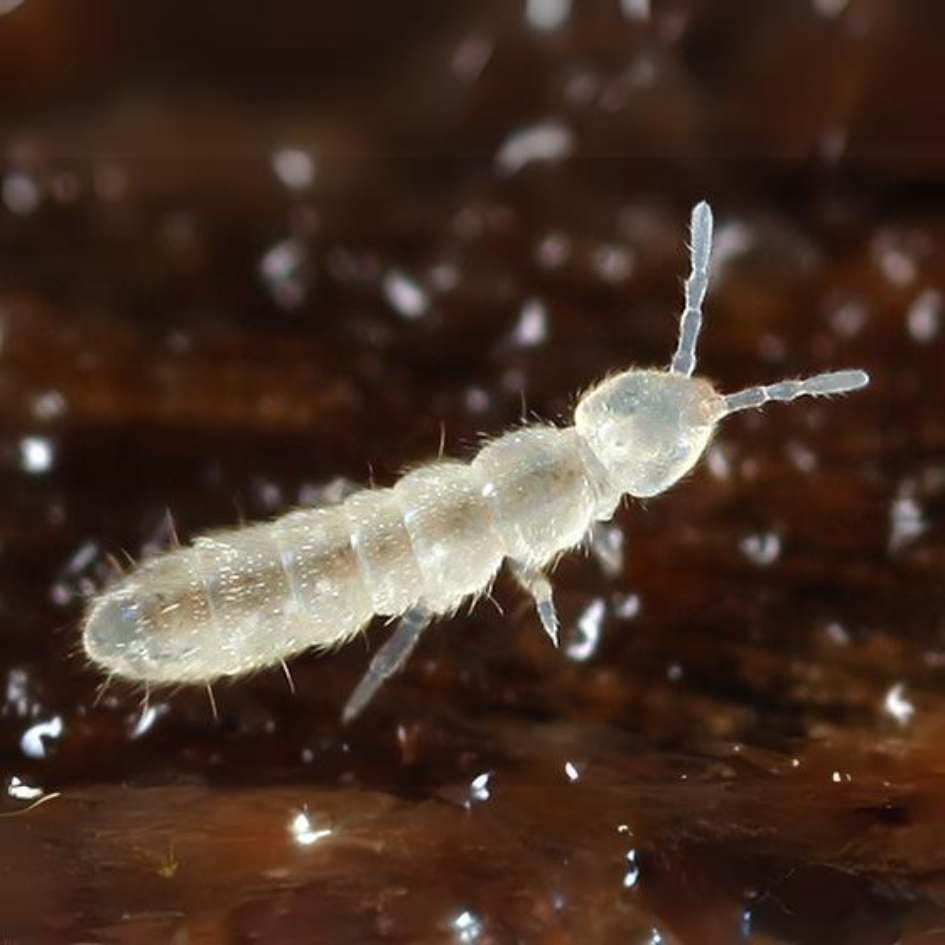
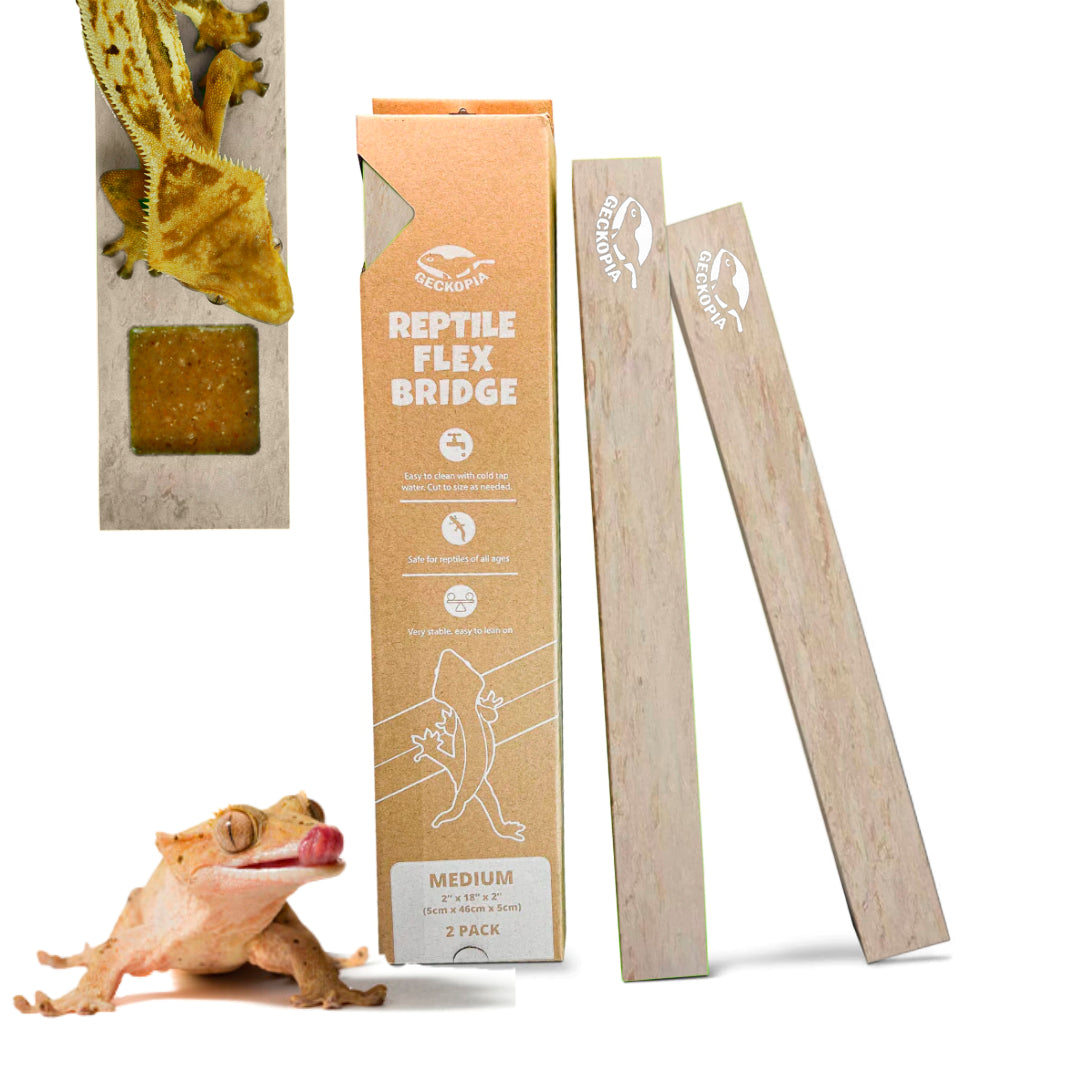





1 comment
Red lights are horrible for “observation” Leo’s enclosures should be completely dark at night, coco fibre is a HORRIBLE substrate ! You are putting out misleading and dangerous information ! Please do more scientific research and take this crap down.
Leave a comment